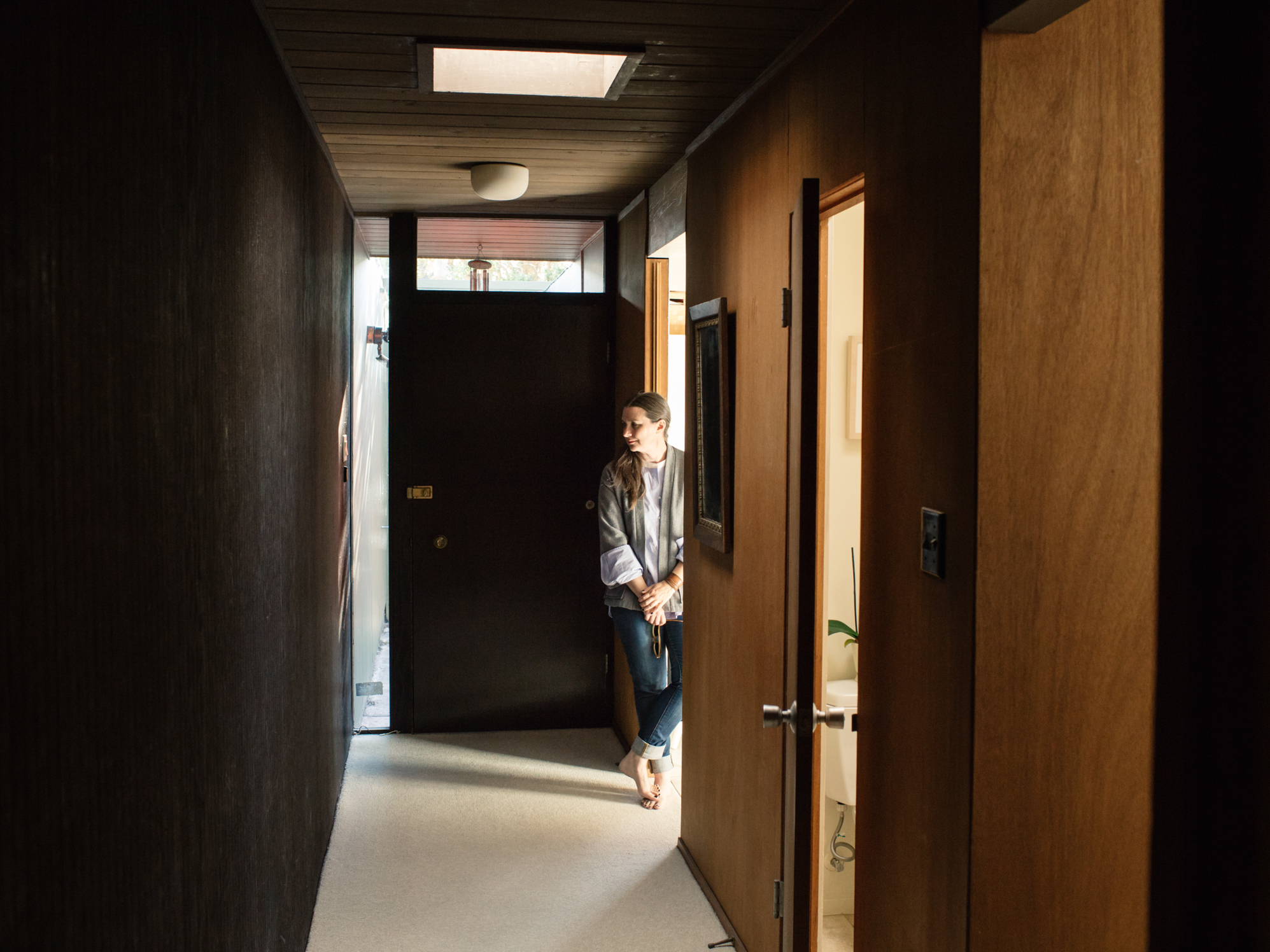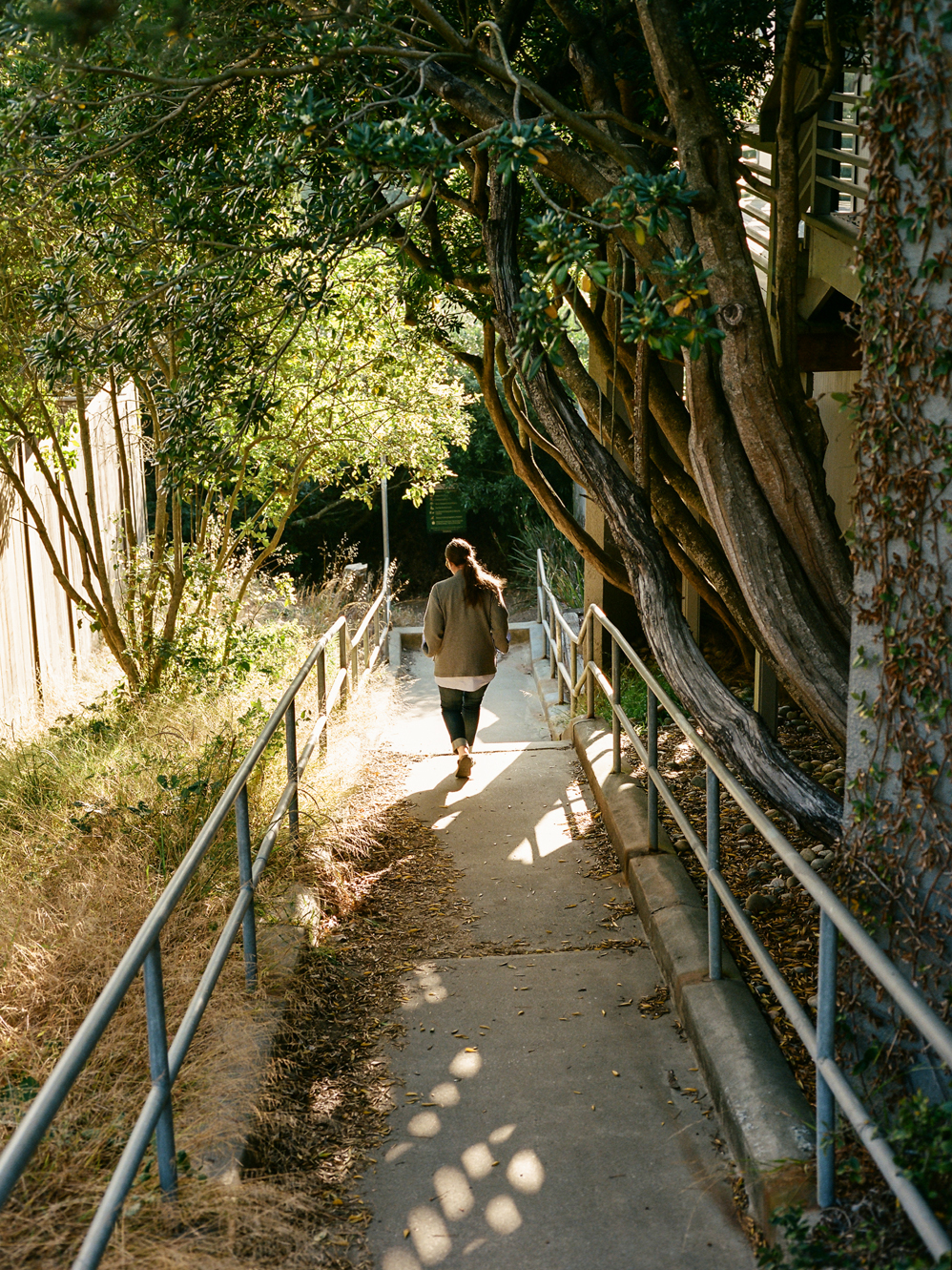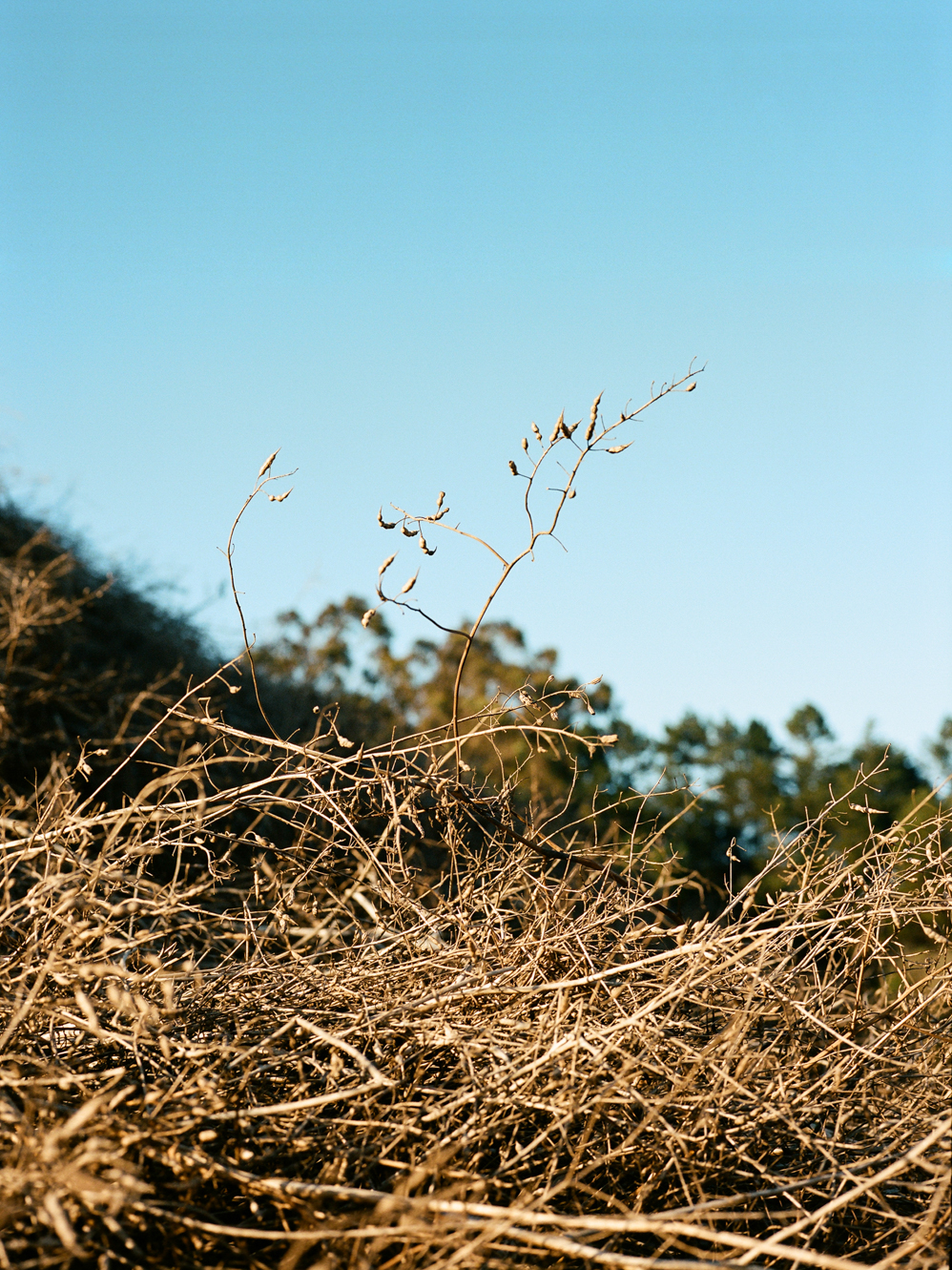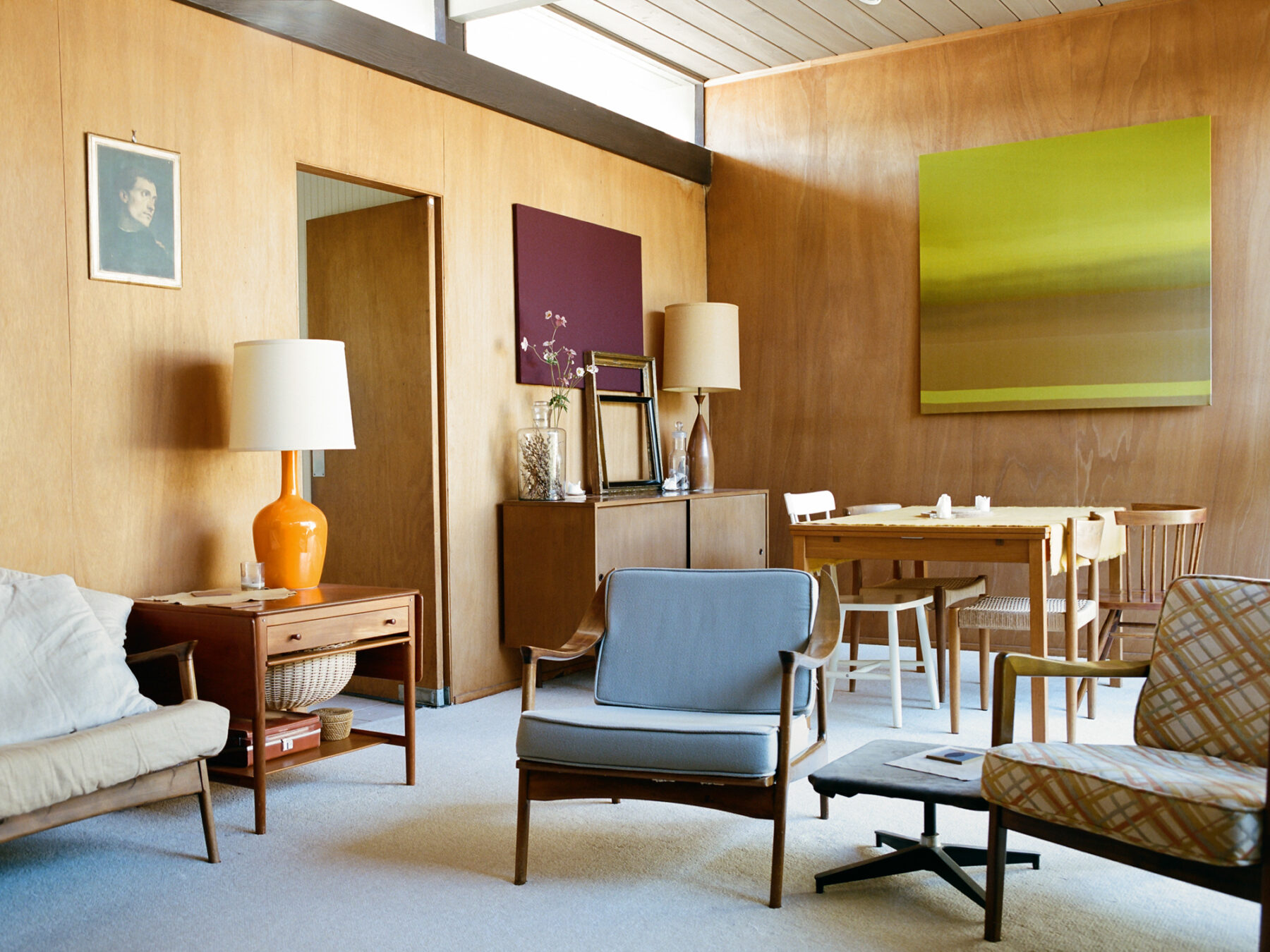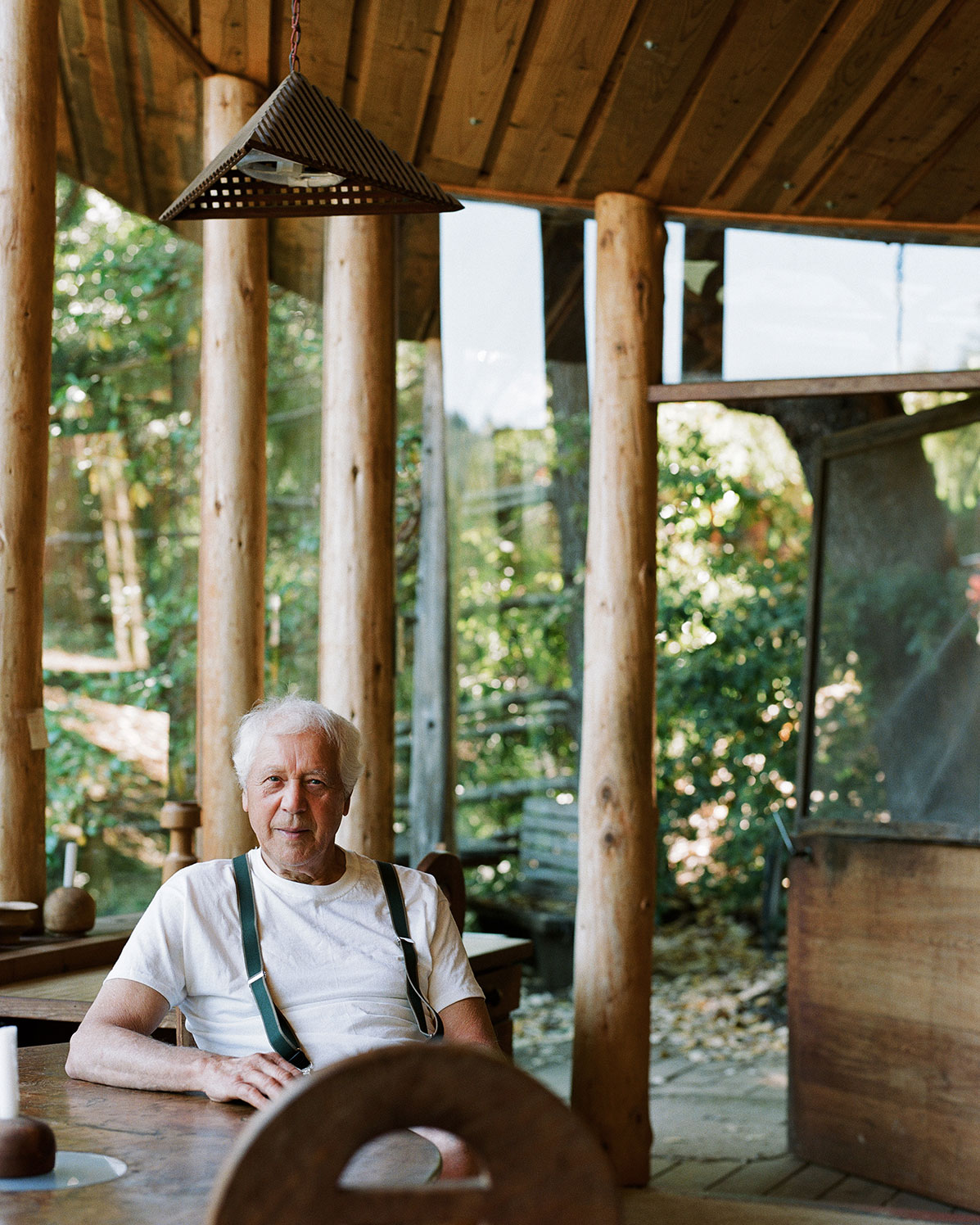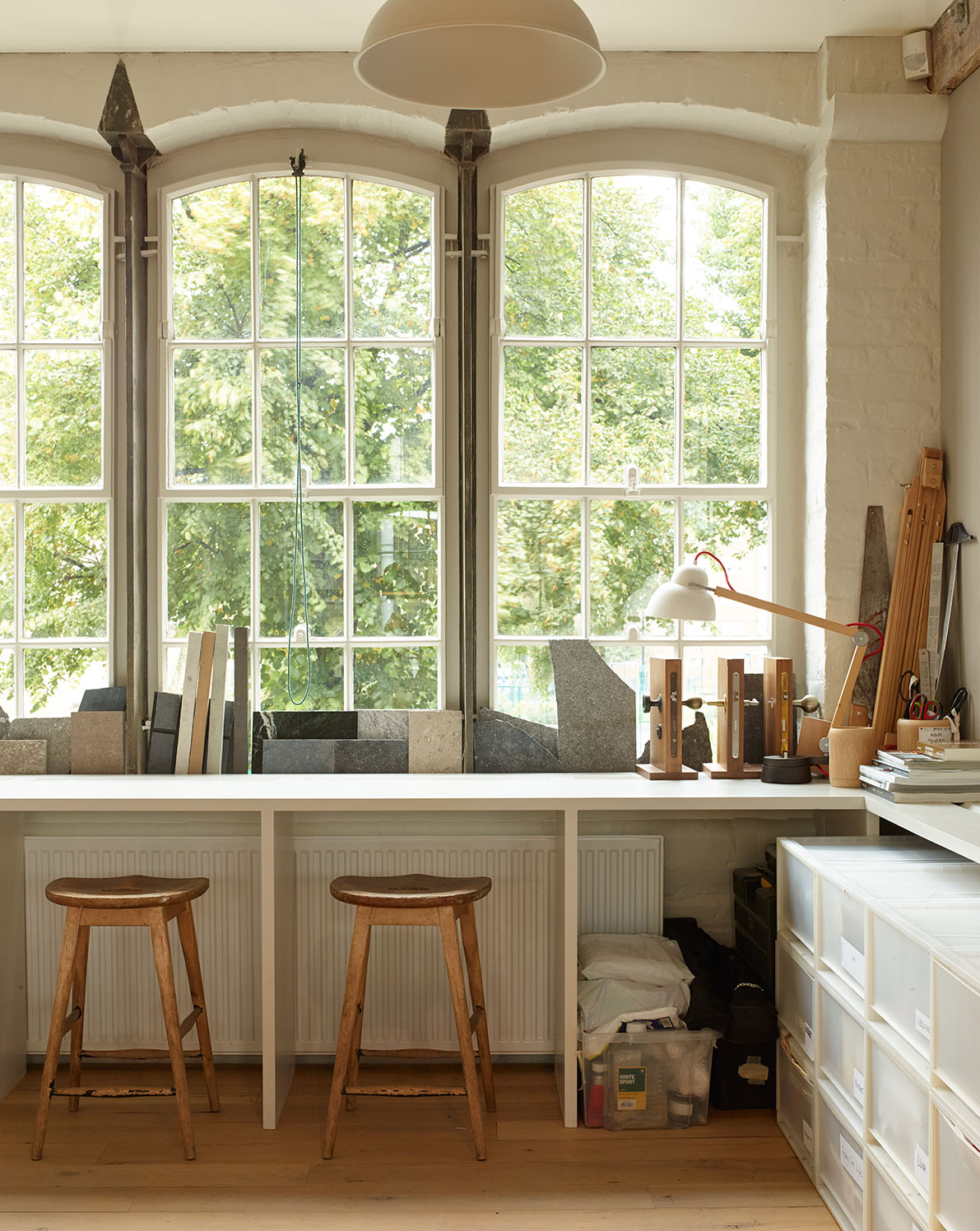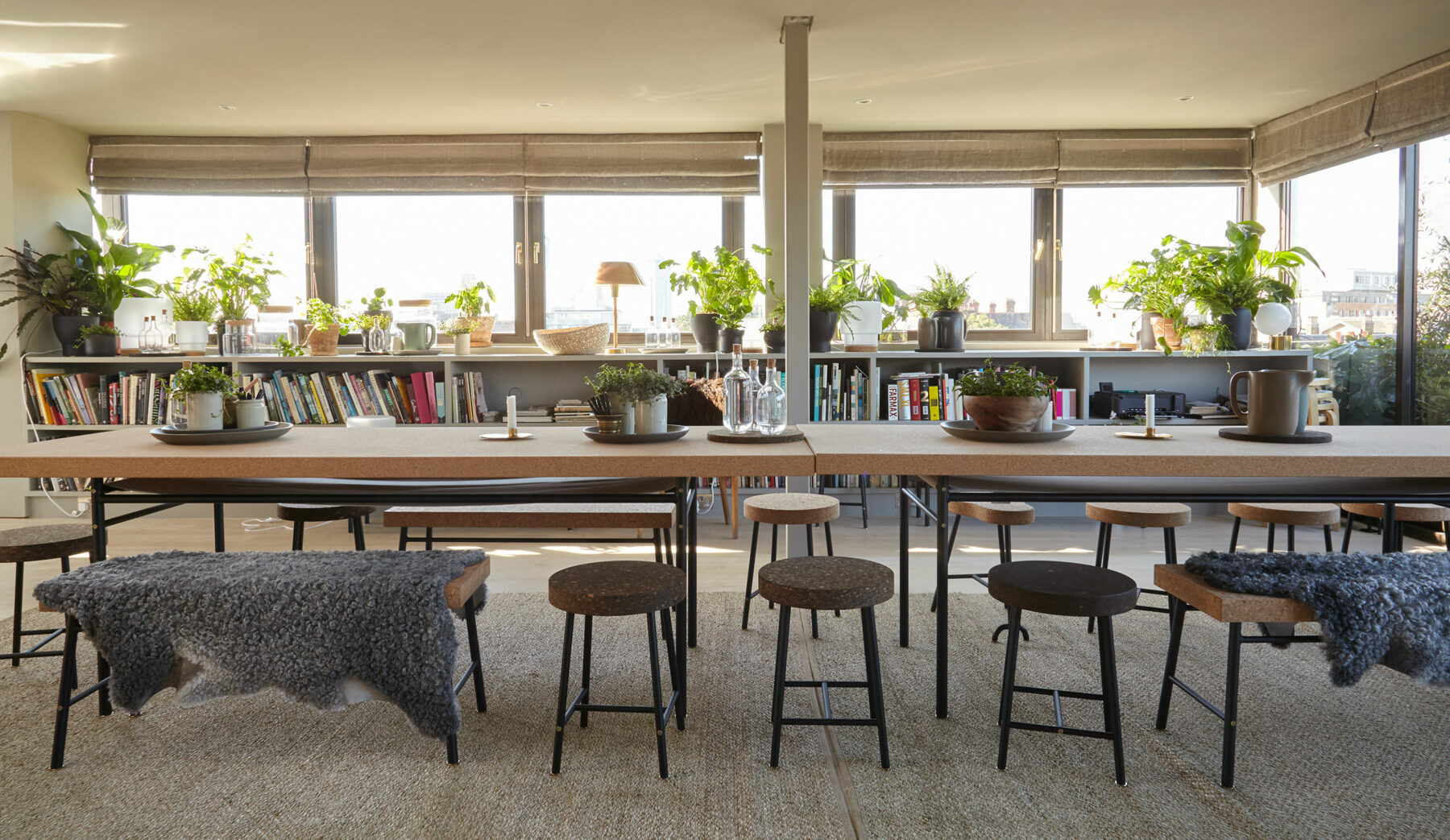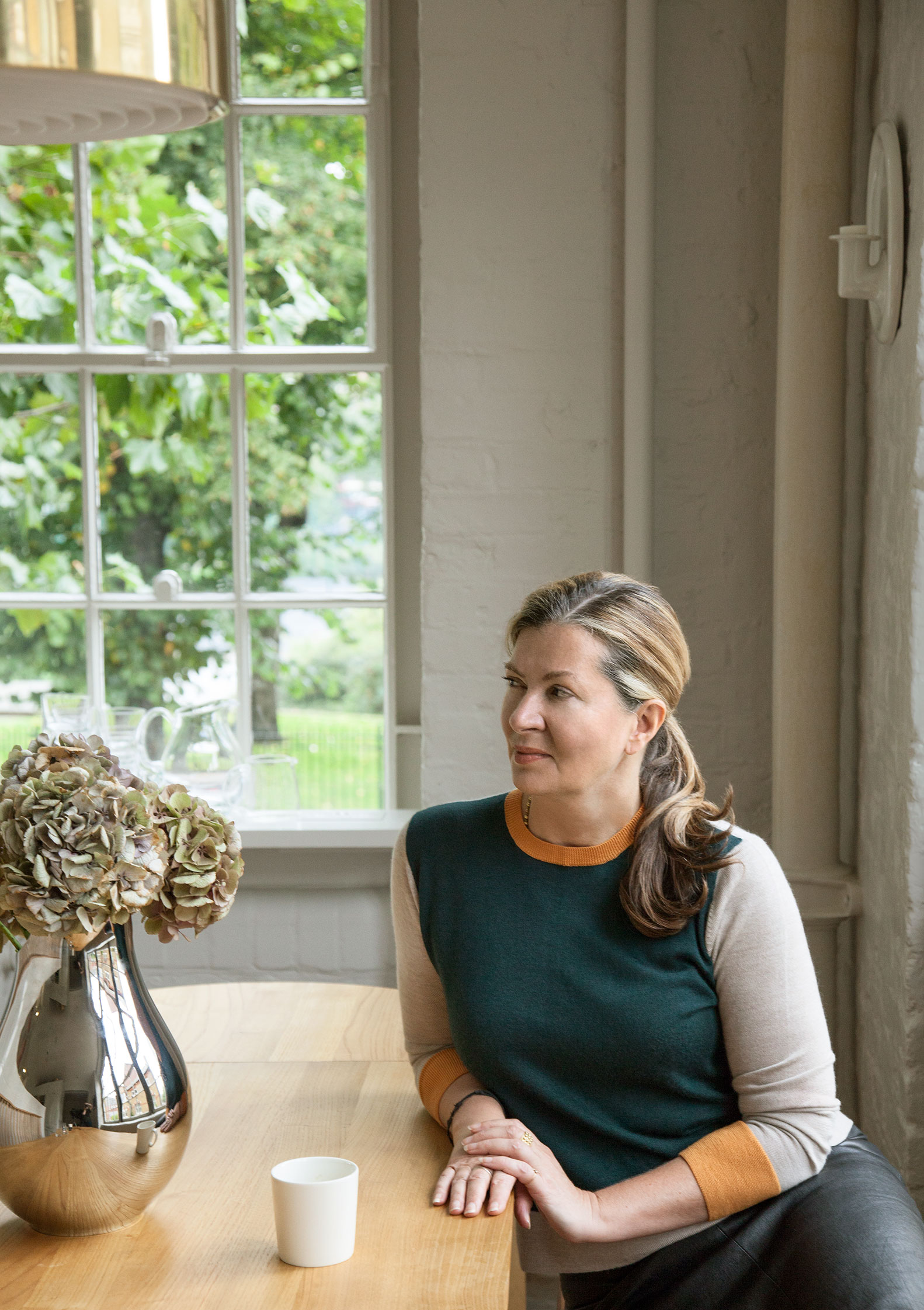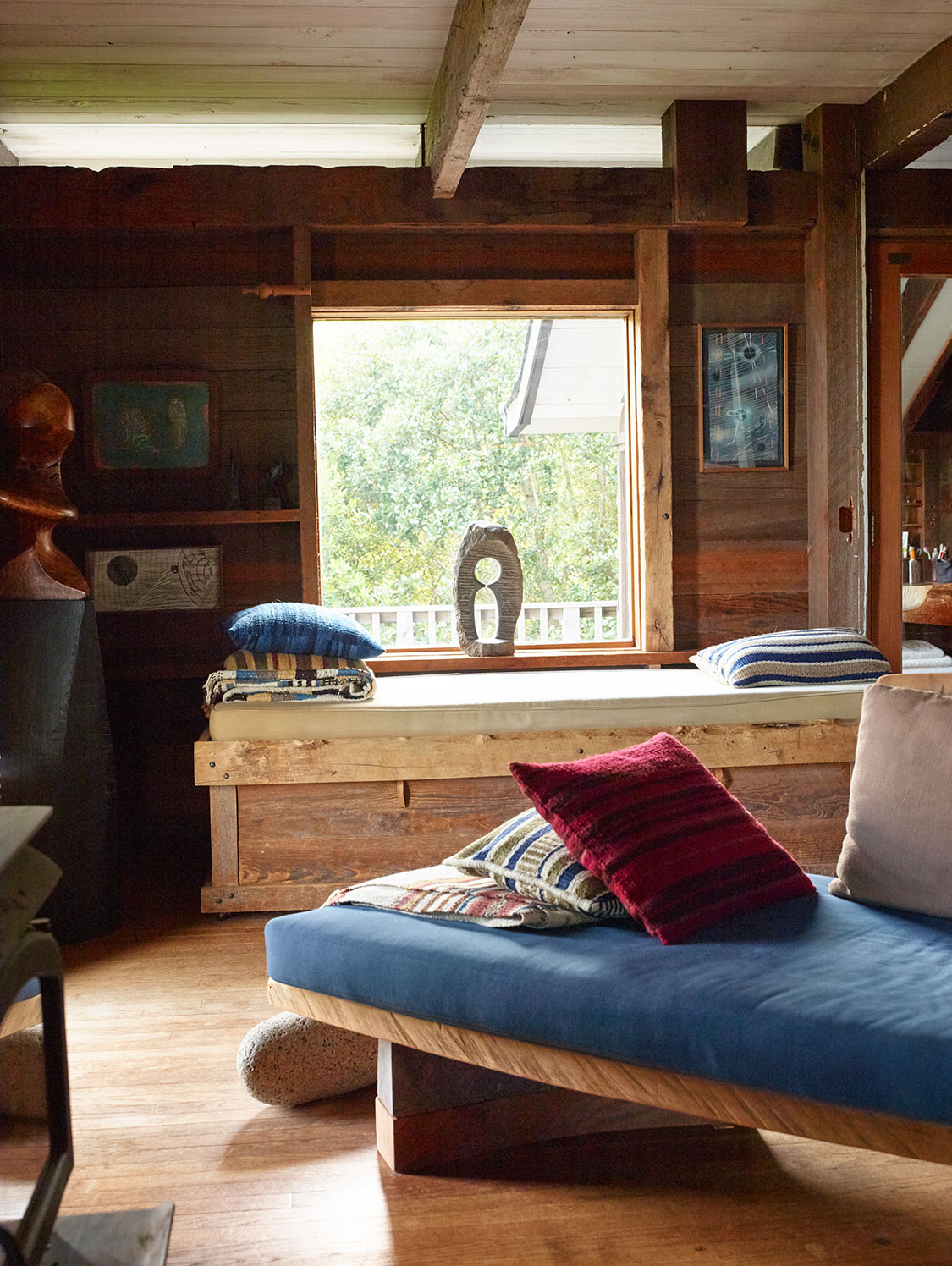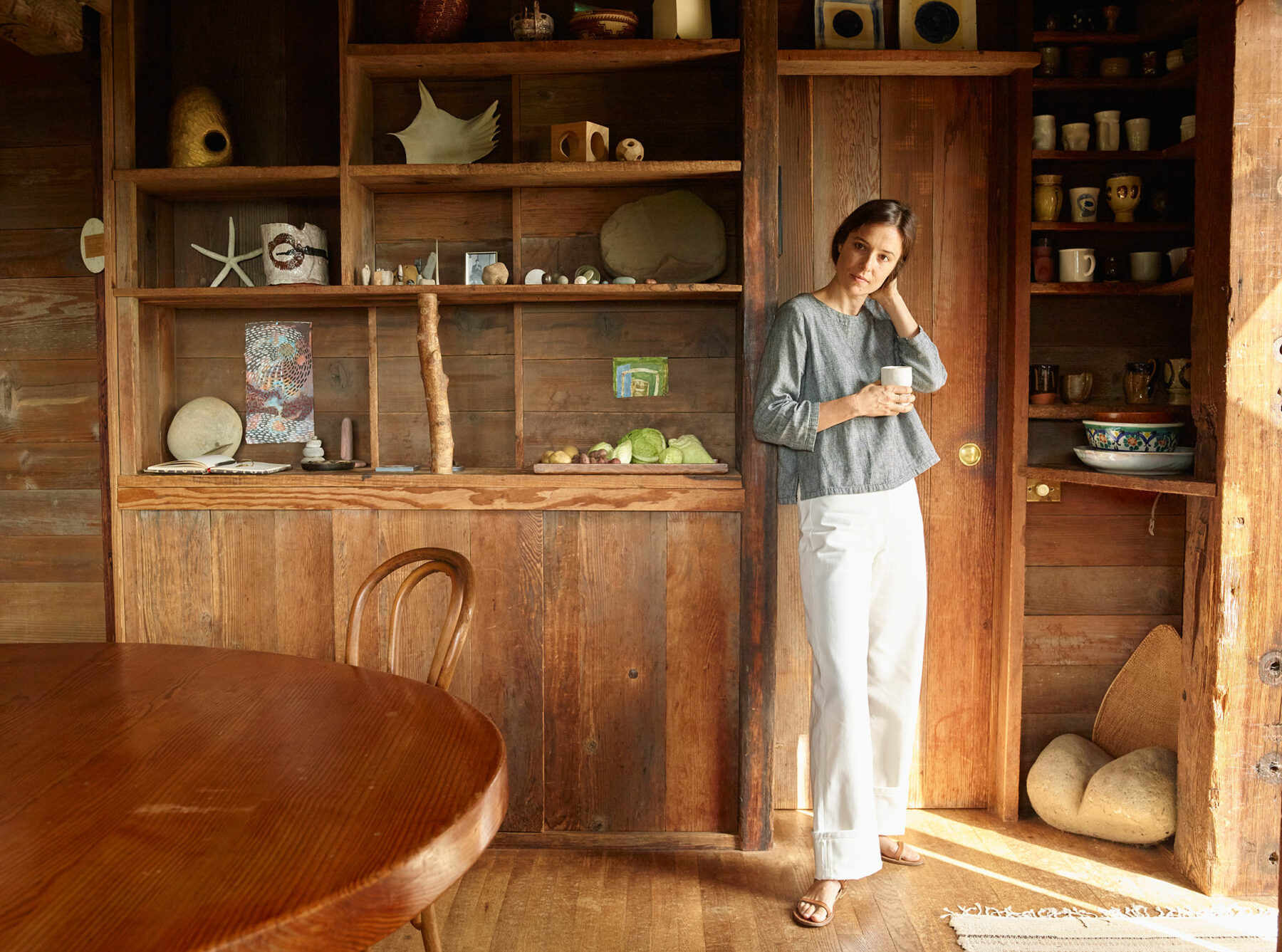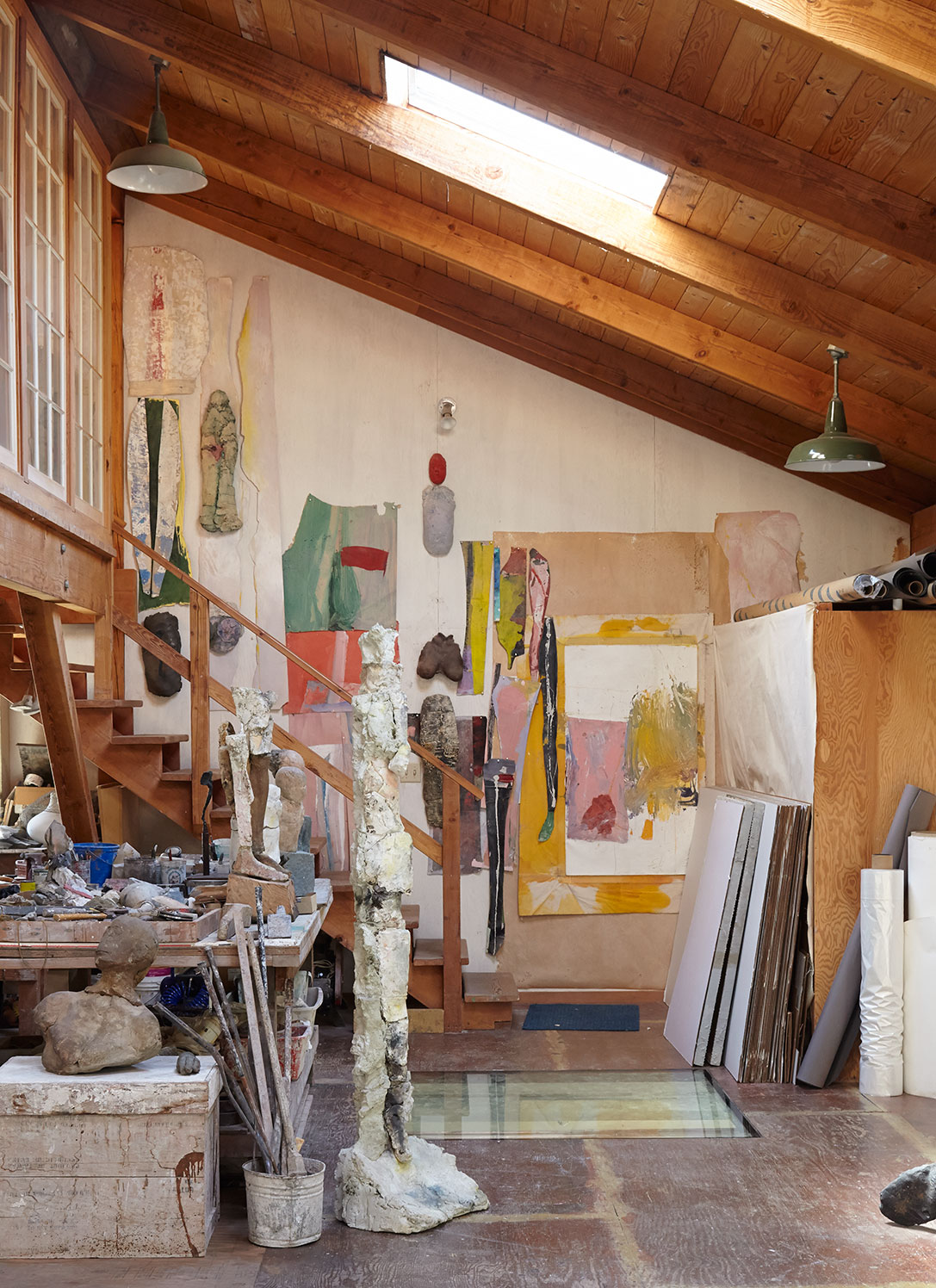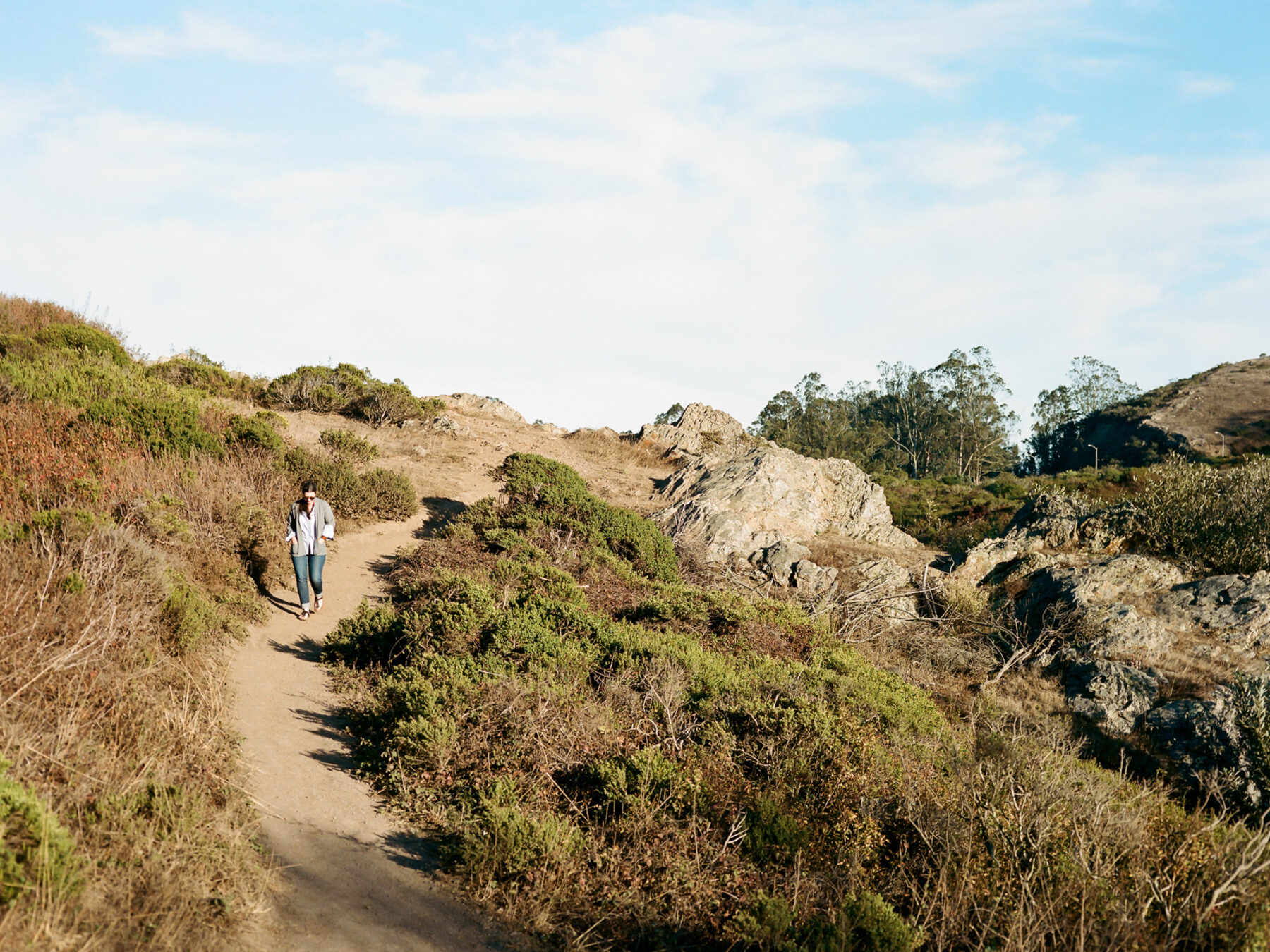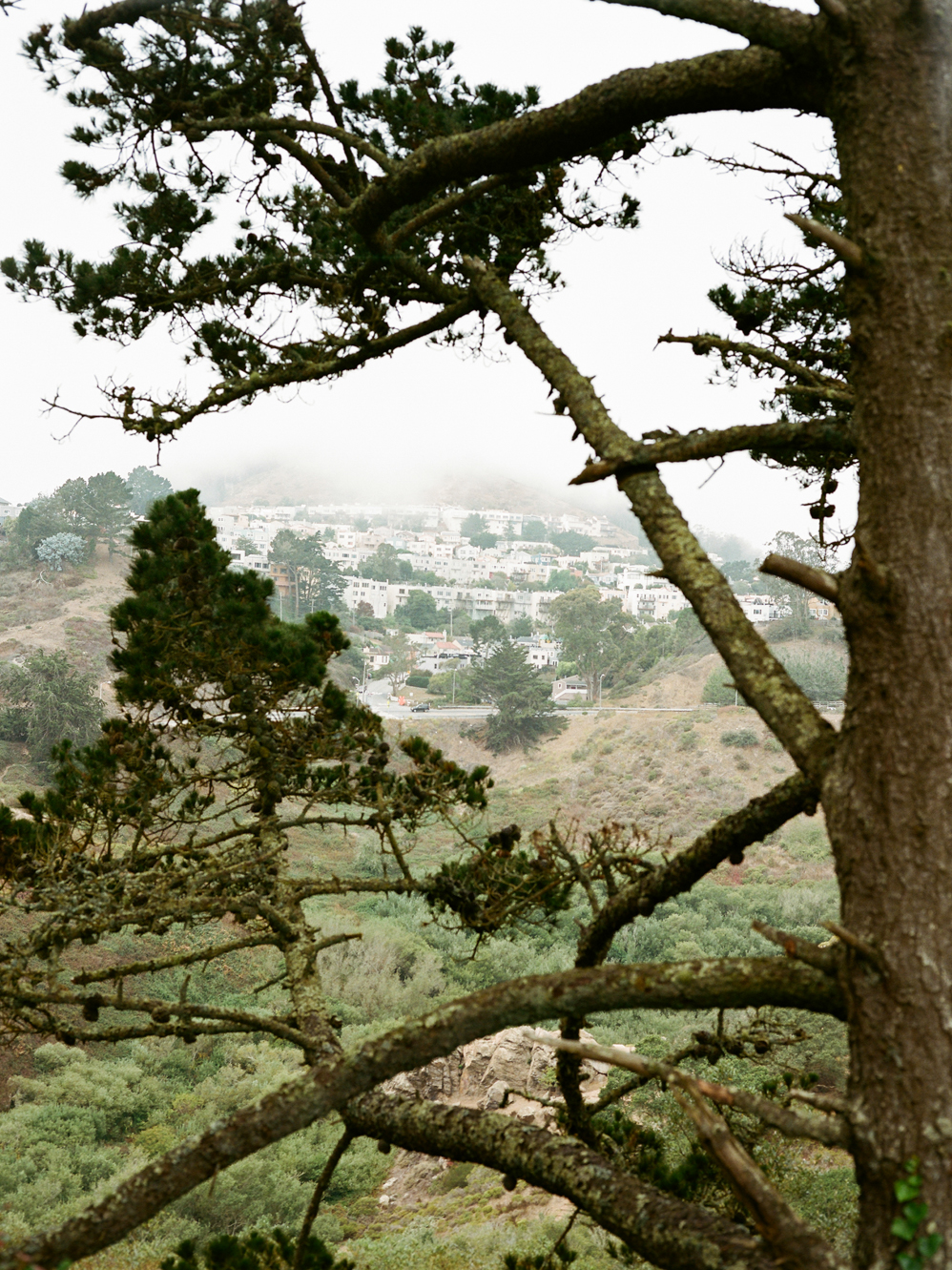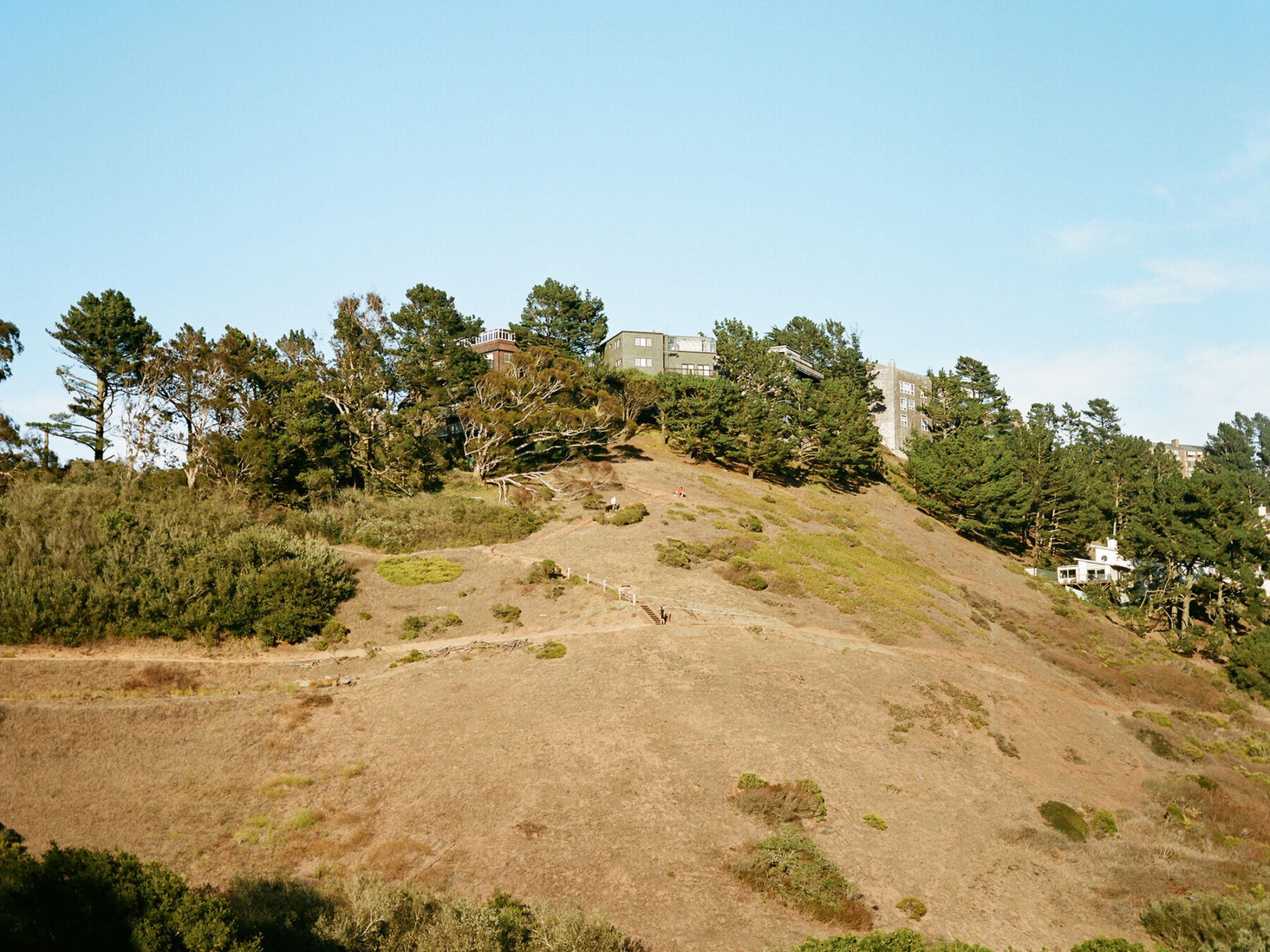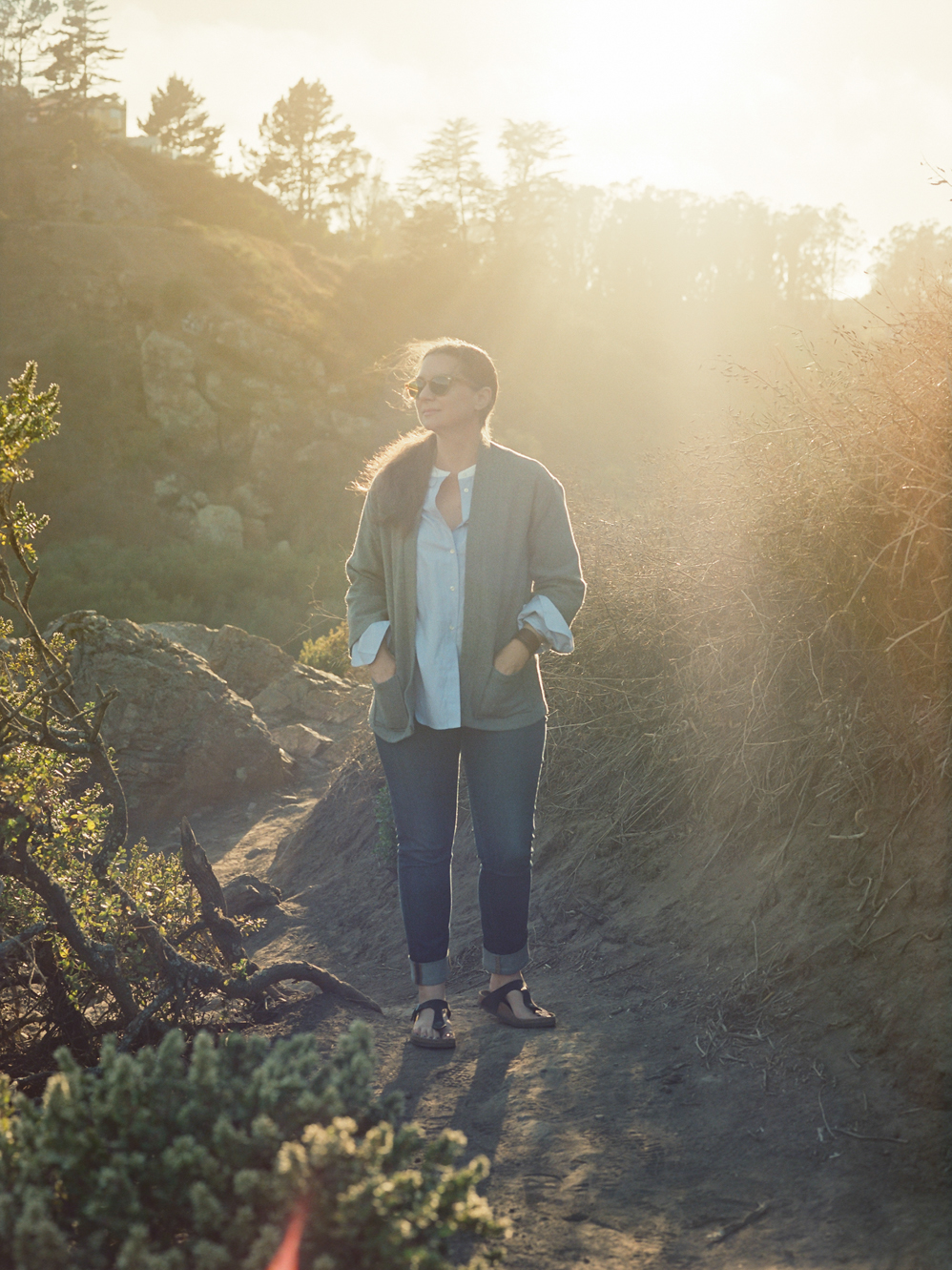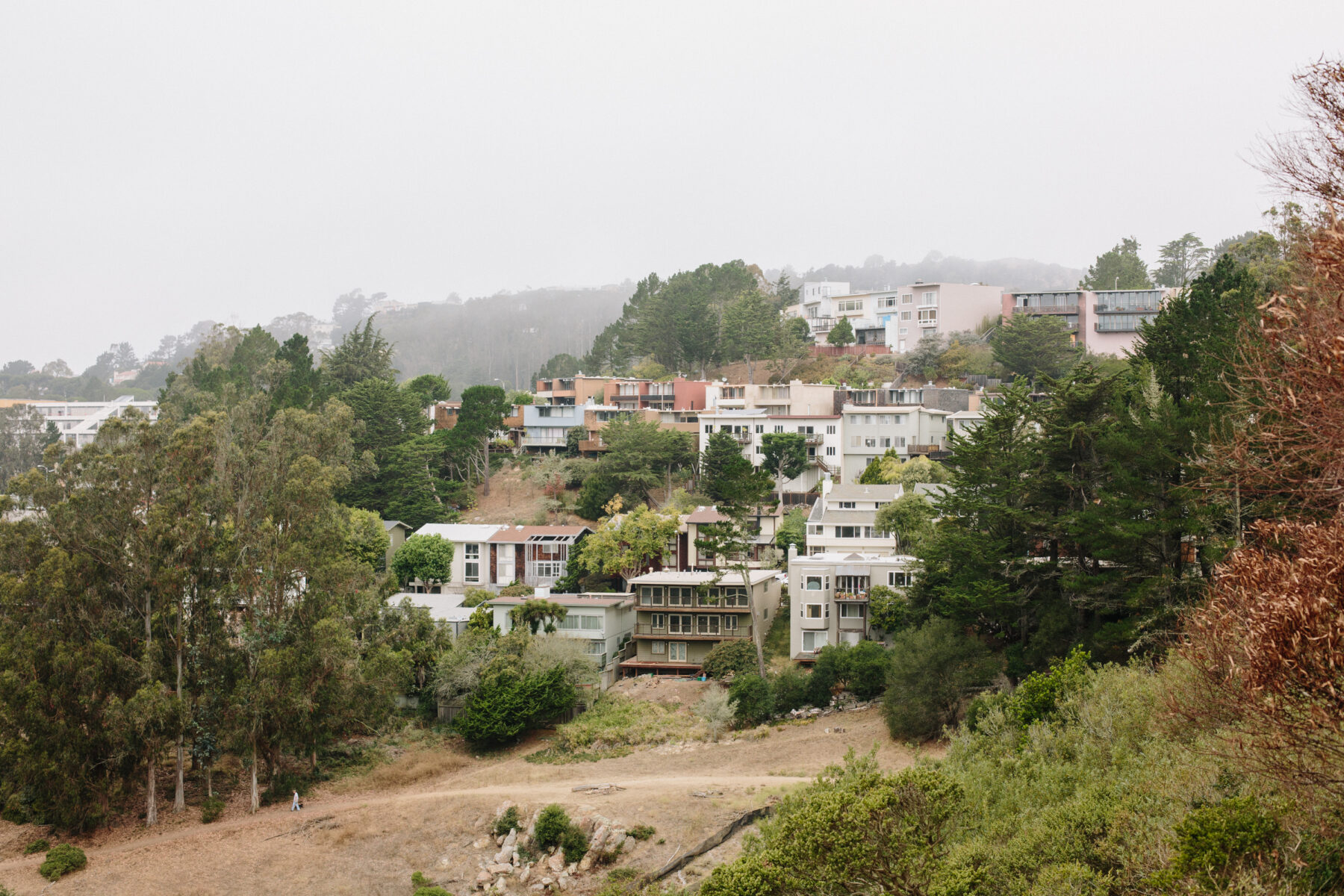Photographer Leslie Williamson challenges us to redefine our understanding of the home, to see it as a portrait that captures something about who a person is.
Exposing private spaces with the utmost reverence, she seeks to discover the aspects of a soul that are held in the home. A self-described preservationist, Leslie is sometimes the last person to photograph a home, or the first person to photograph a space after many years. Using her camera lens to delve into the subject matter that fascinates her most, she uncovers personal and cultural histories that are tightly woven together.
Curious to see how some of her favorite Midcentury designers and architects live, Leslie embarked on a photo project that resulted in her first book, Handcrafted Modern: At Home with Midcentury Designers. Featuring designers such as George Nakashima and Eva Zeisel among many others, she unearths the charm and intimacy that comes from a home where every object is crafted and handled with intention. She followed up that book with a second, Modern Originals, focusing on European designers such as Bruno Mathsson, Alvar Aalto and Le Corbusier. This book quickly became a must-have for anyone interested in classic Midcentury design and architecture.
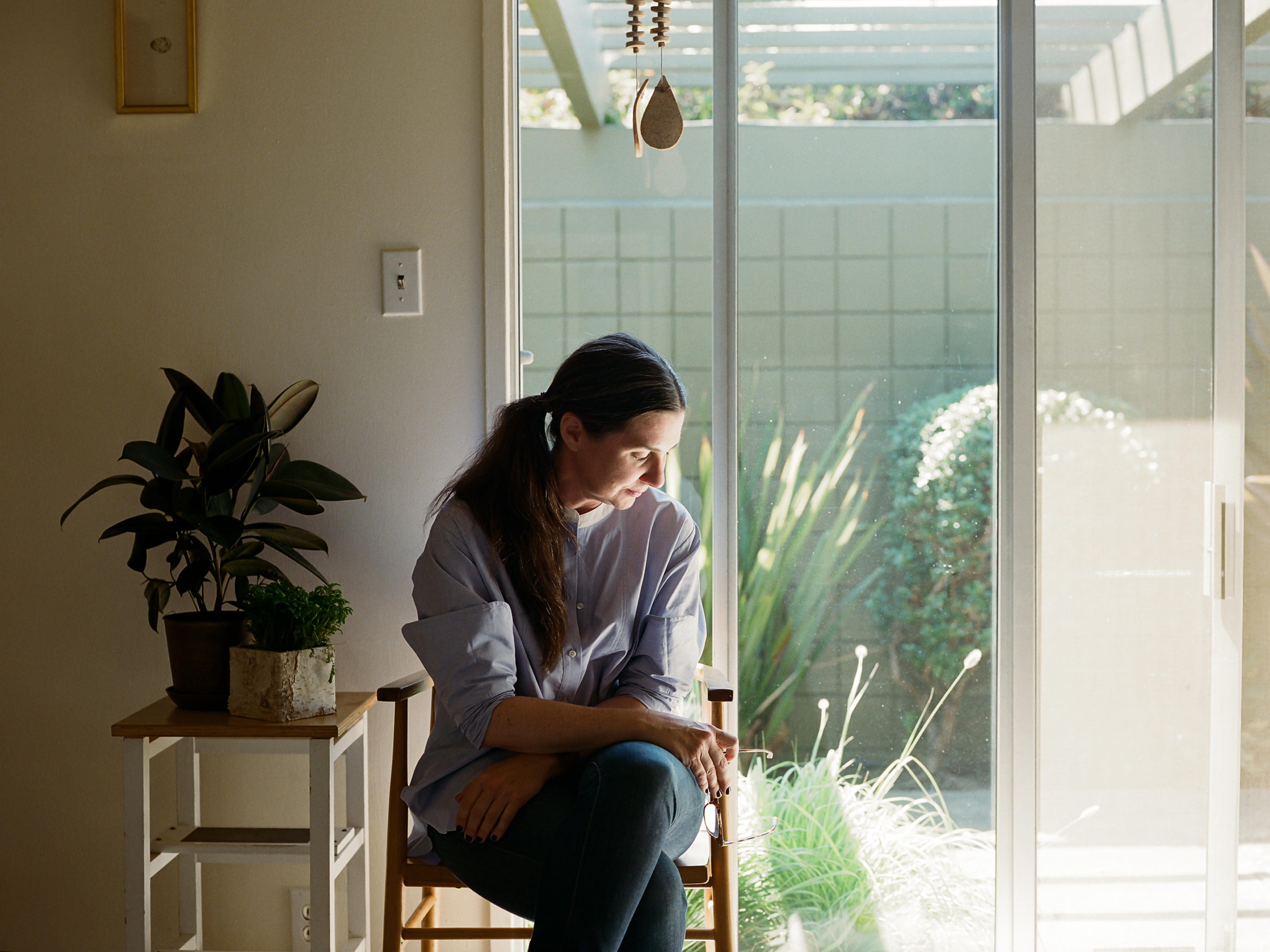
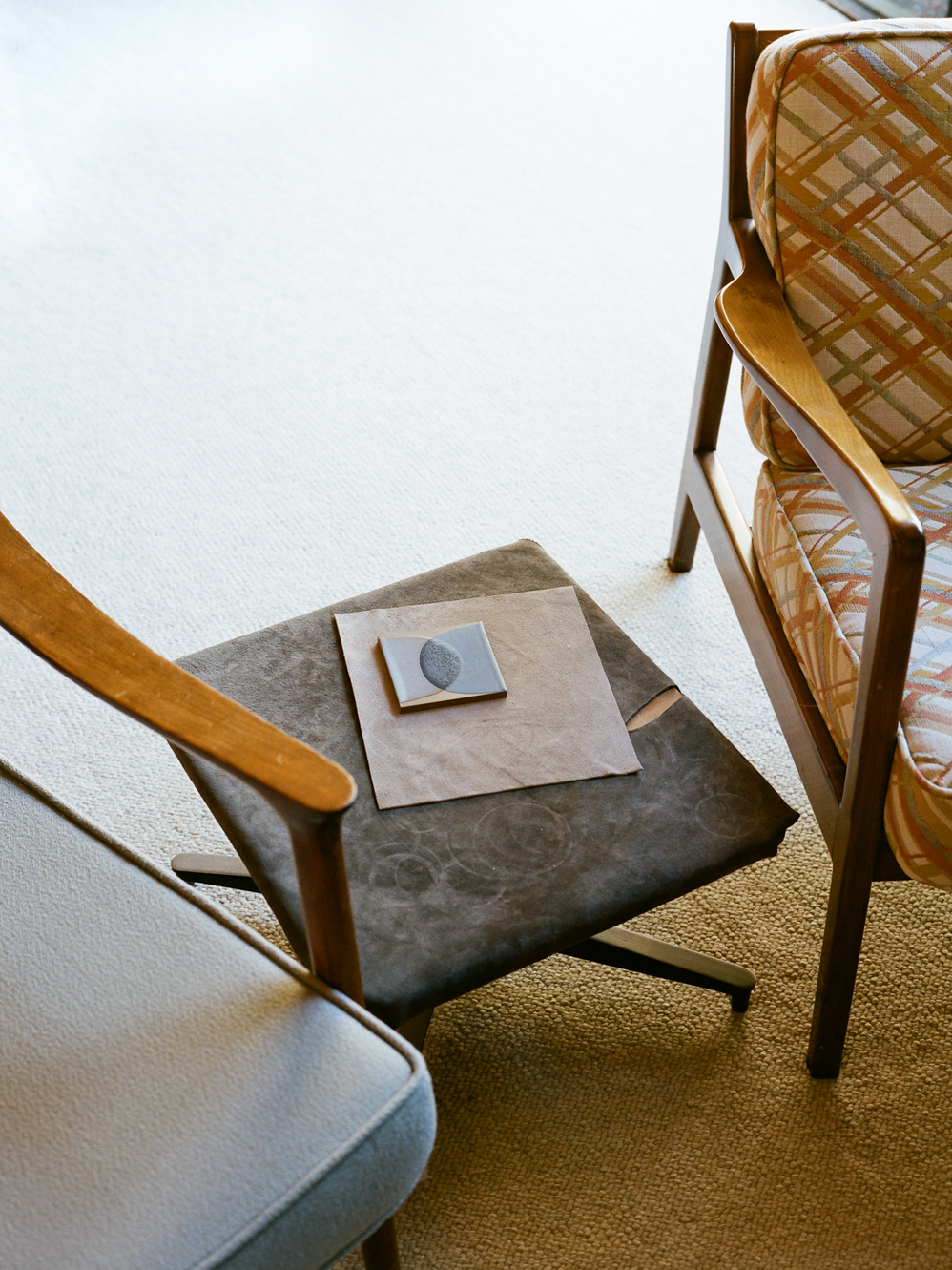
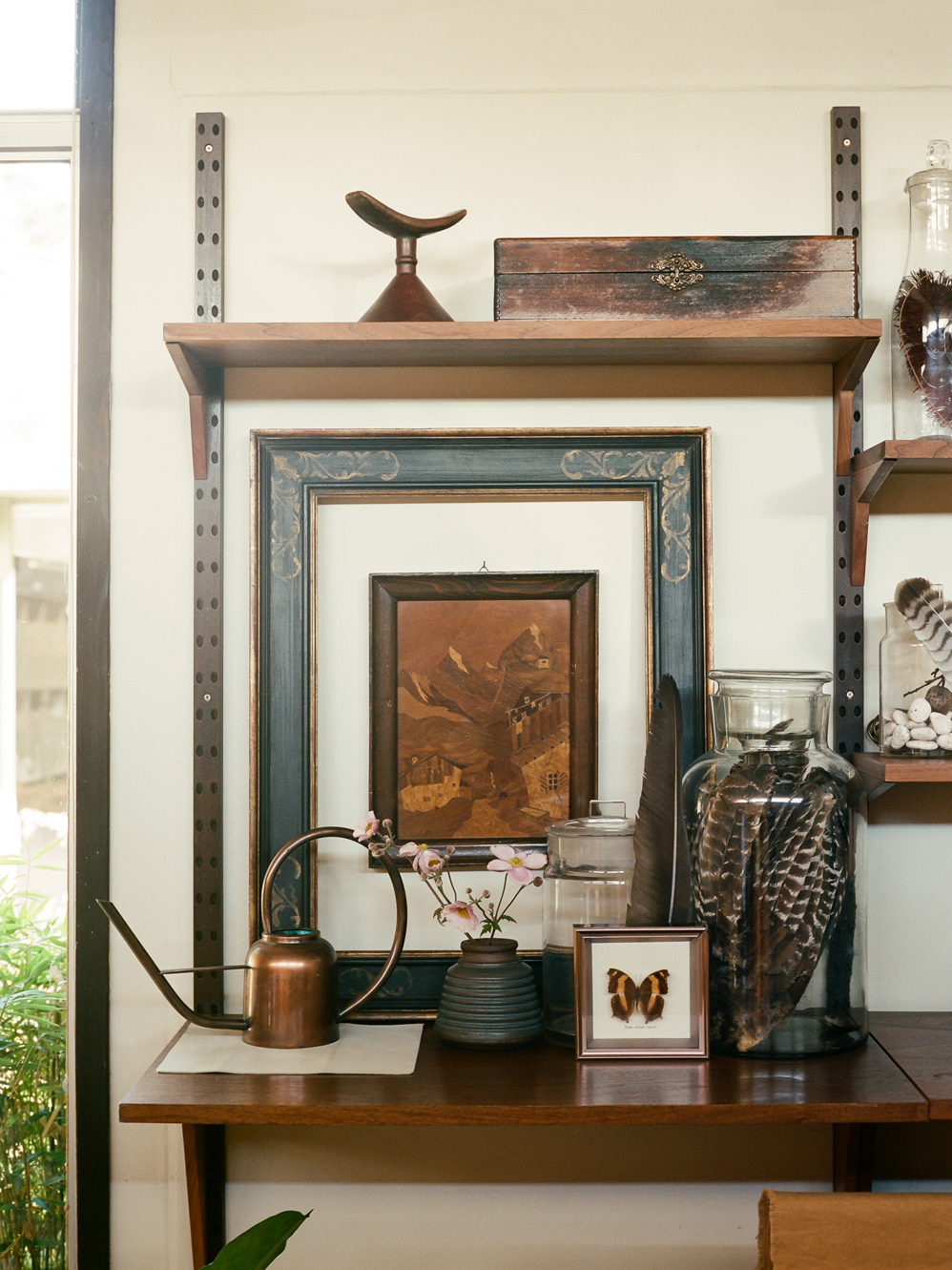
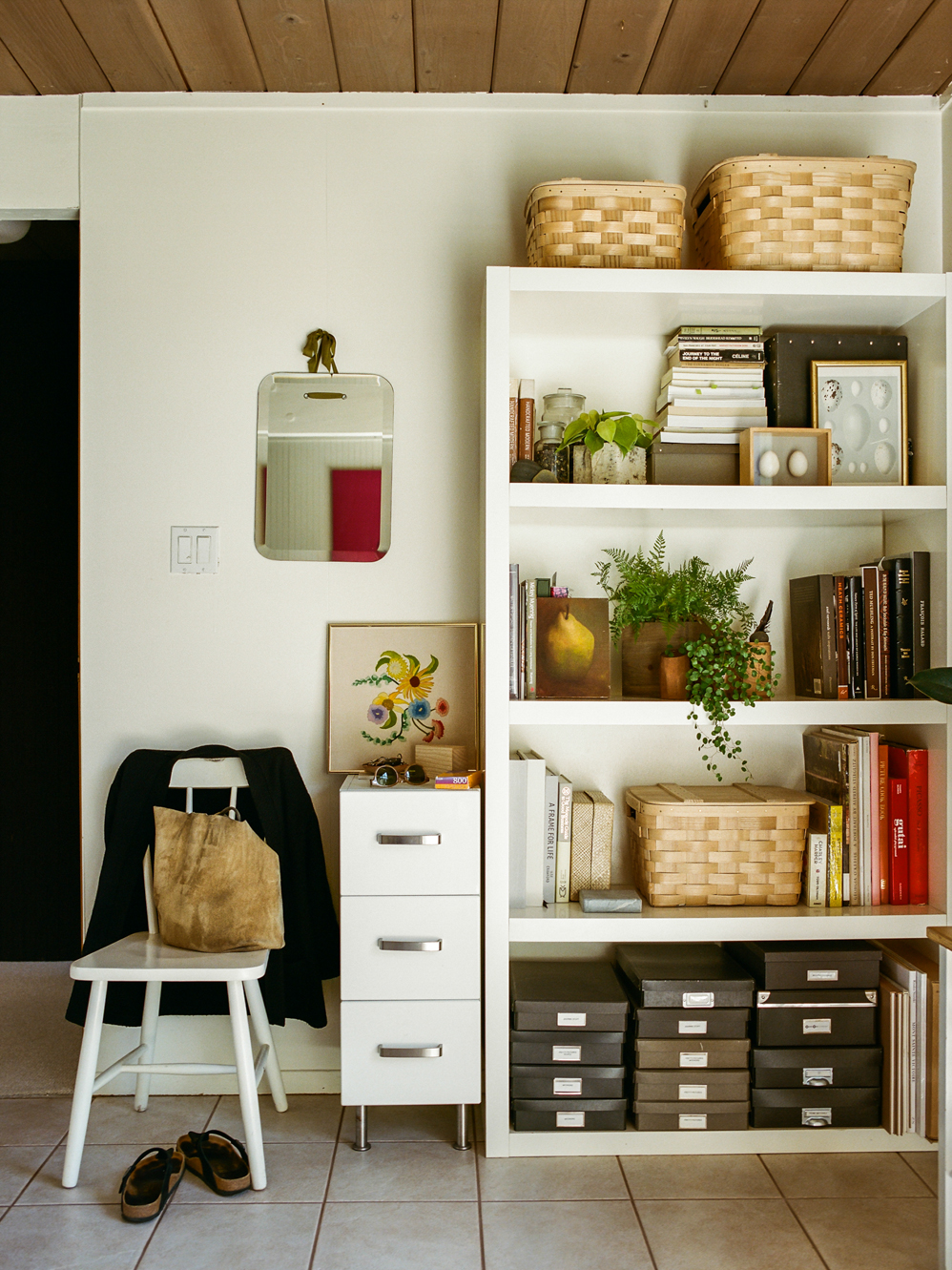
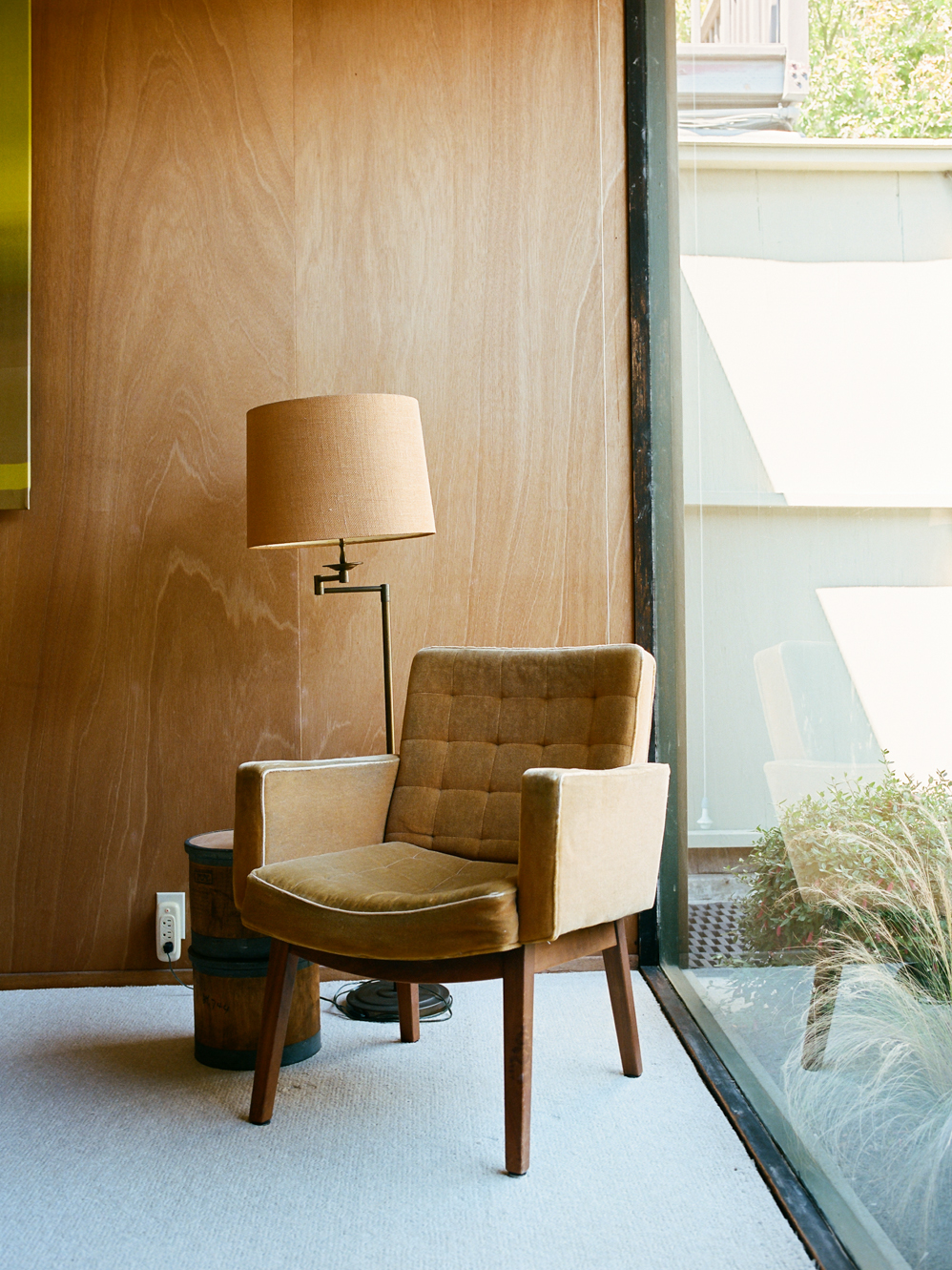
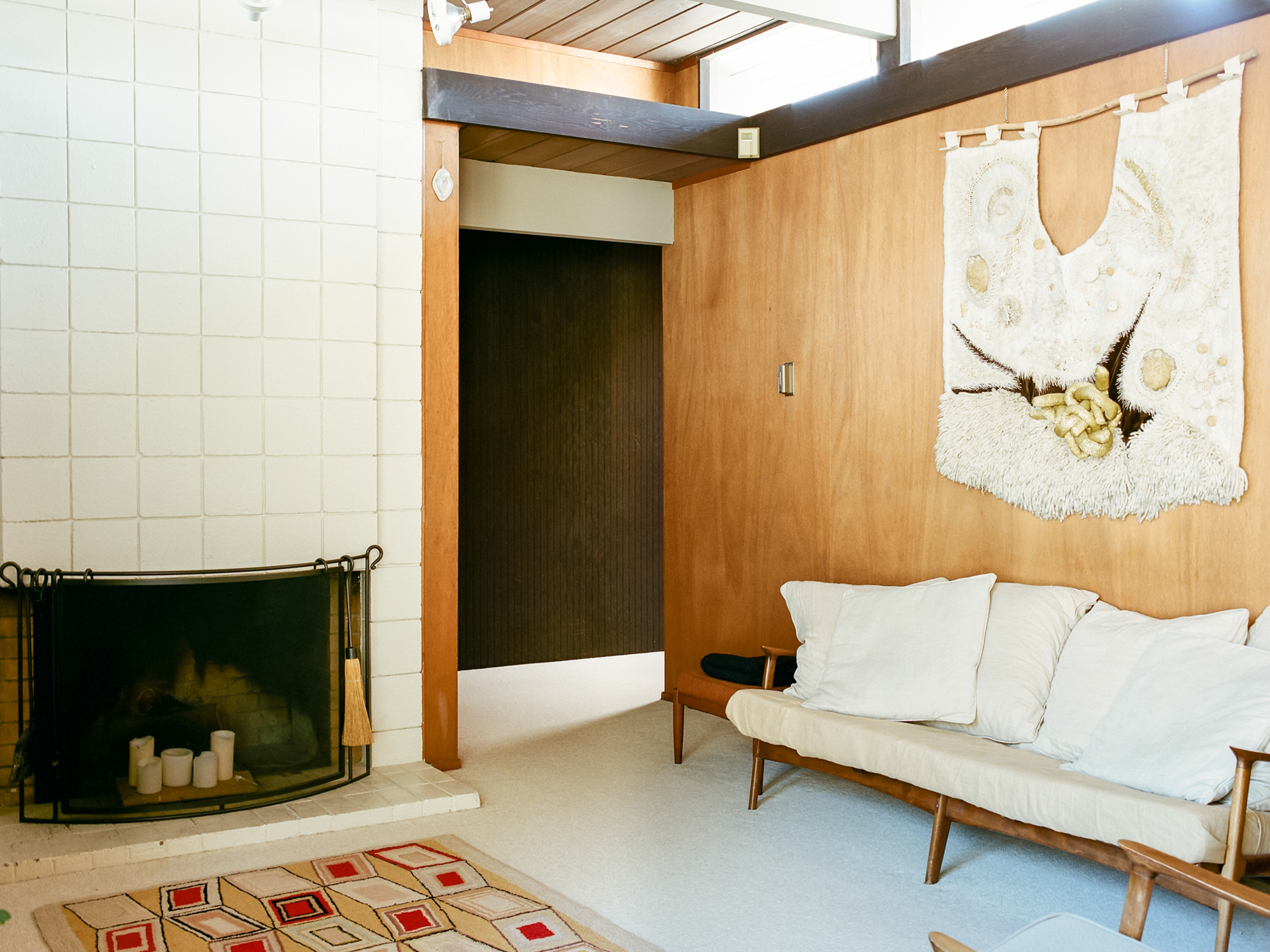
It’s not surprising that Leslie herself has a beautiful home, full of warmth and objects that all have stories: her grandmother’s wicker suitcase, a fly swatter collection, an embossed copper wall-hanging made by a dear friend, journals with pages of collaged leaves collected from photo shoots all around the world. Each object holds emotion and meaning, telling the story of her life and journey.
Leslie shares with us her photographic process, what the word home means to her, and her dream to photograph inside the Vatican.
This portrait is part of our ongoing collaboration with ZEIT Online, who presents a special curation of our pictures on ZEIT Magazin Online.
-
How did you find your home?
It’s a Joseph Eichler, and it was built in the 1960s. I have been living here for about ten years. Believe it or not, I found it on Craigslist.
-
Tell us about your childhood home.
I lived in the same house my whole life until I went to college – my dad still lives there. It’s in San Jose, and my dad bought it before he was married. It’s a 1950s tract house. We remodeled it in the mid ‘70s. Everyone always asks me where the Danish Modern desire comes from and I realize now it’s totally what I grew up with. My dad has a great table and a great credenza, but I didn’t really notice any of it. And now my couch is my dad’s bachelor couch.
“I think home is less of a place and more of a feeling…It’s like I have little islands of home all over the world.”
-
What does the word home mean to you?
I think home is less of a place and more of a feeling. For me, I would say California is home. When I’m traveling all over the world and I’m so tired, I don’t feel like myself until I come back to California, particularly the Bay Area, because my family is here. But, I also feel it when I’m traveling and I have people I know all over the place – when I see them it’s comforting. It’s like I have little islands of home all over the world.
-
How much of your home is about the way it feels to you versus the way it looks?
Well, for my books it’s totally about how it feels, and who the person is, and whether I get a sense of that right away when I walk into a space. Sometimes I can tell from pictures, but usually I have to go and be in the space. But in Modern Originals I had never been in a lot of those spaces until I walked into them to shoot. There is an energy in these spaces, and I can tell in two seconds whether the person’s soul is there or not. If it’s not, then I won’t do it, or I’ll shoot it and then realize it doesn’t work. And for me, it’s always about doing justice to the people whose homes I am shooting, because it’s really a portrait of them. There is something about people that have lived amazing lives and how their houses are just an accumulation of experiences, layers upon layers. I just love that. A friend of mine calls it “slow-cooked interiors,” which is a really good way to put it. A new space doesn’t have as much resonance compared to a space that someone has lived in for a long time. I like really amazing spaces, don’t get me wrong, but there’s something about a space where the person has made all of the choices themselves.
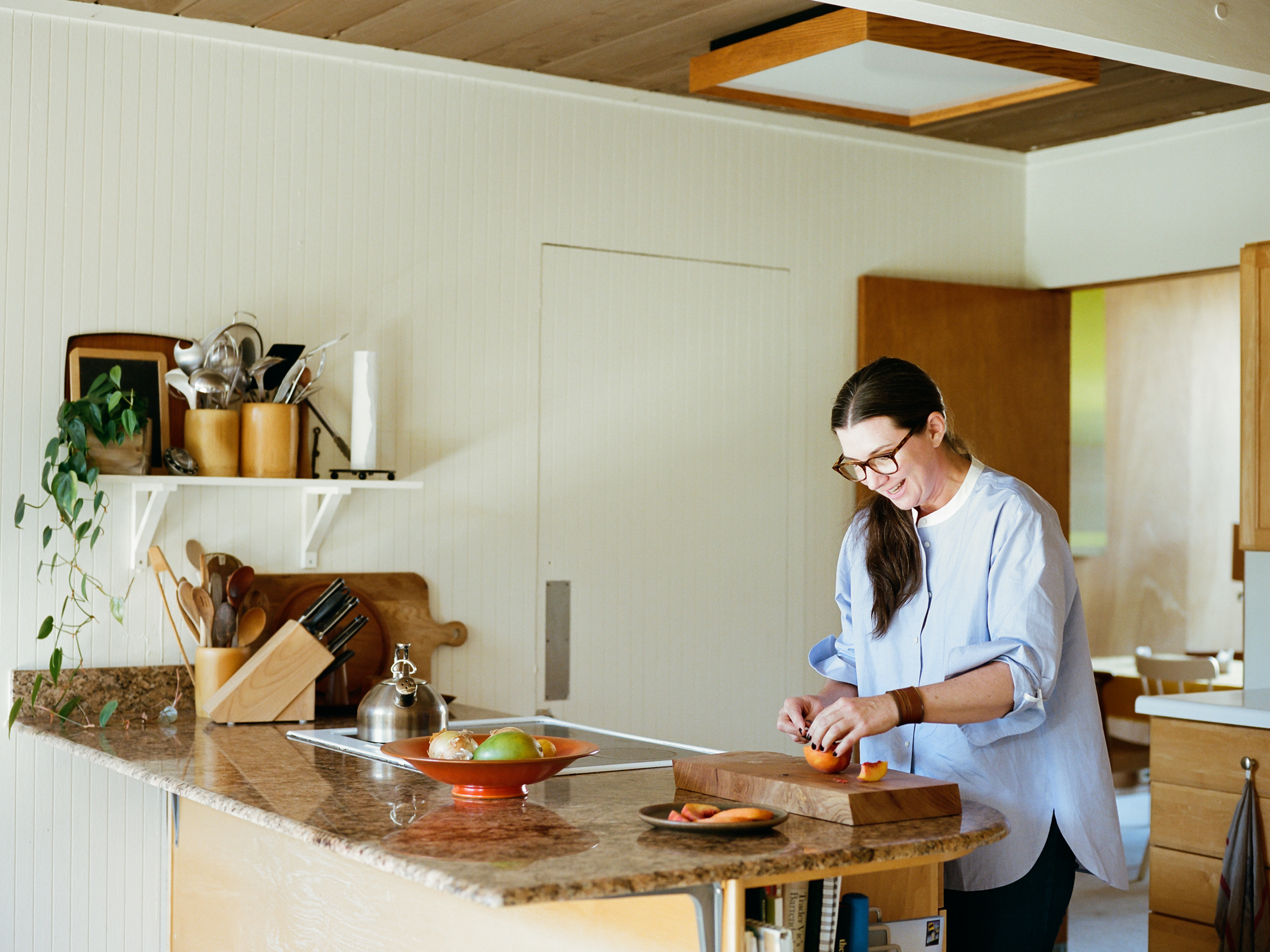
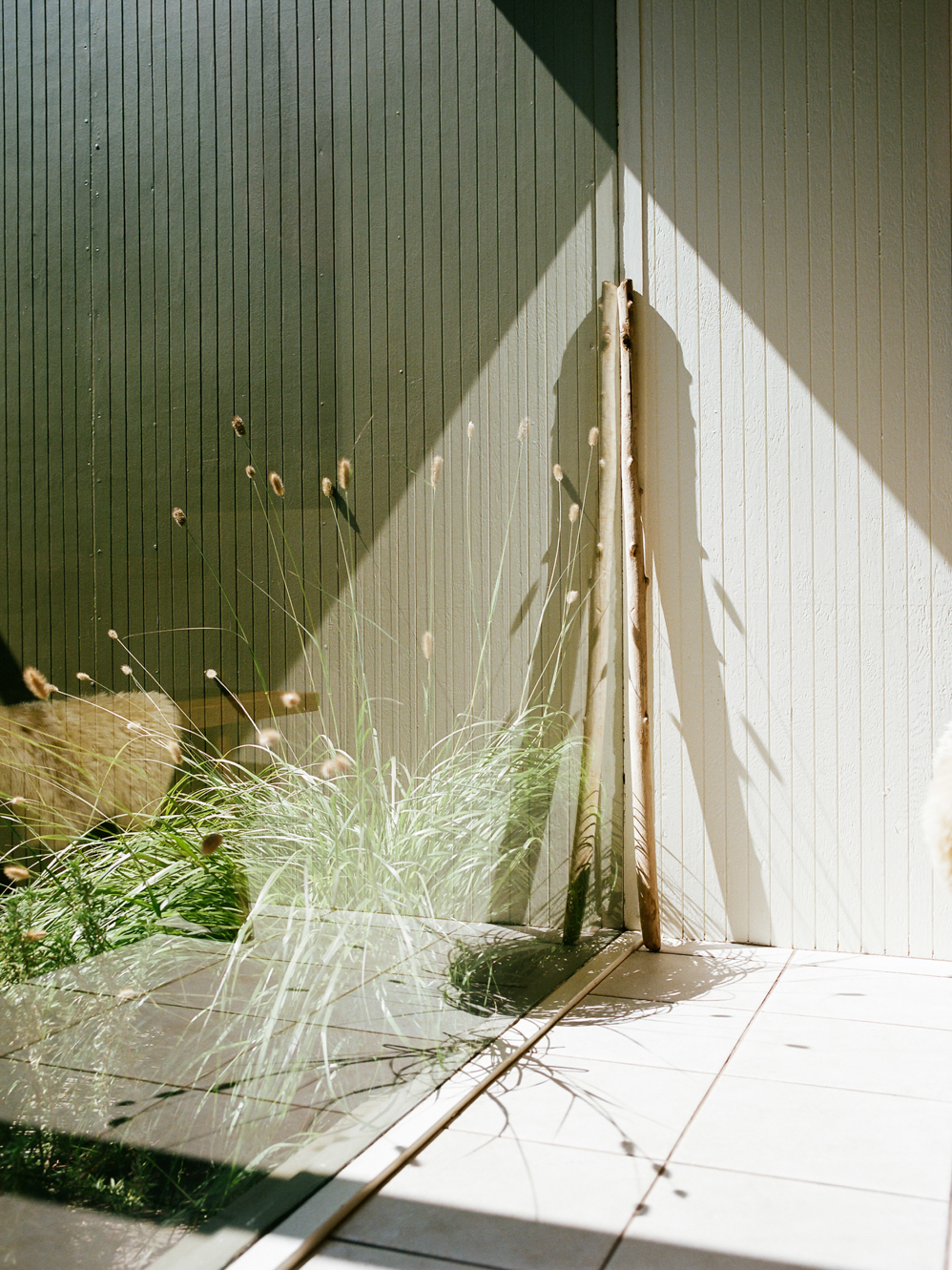
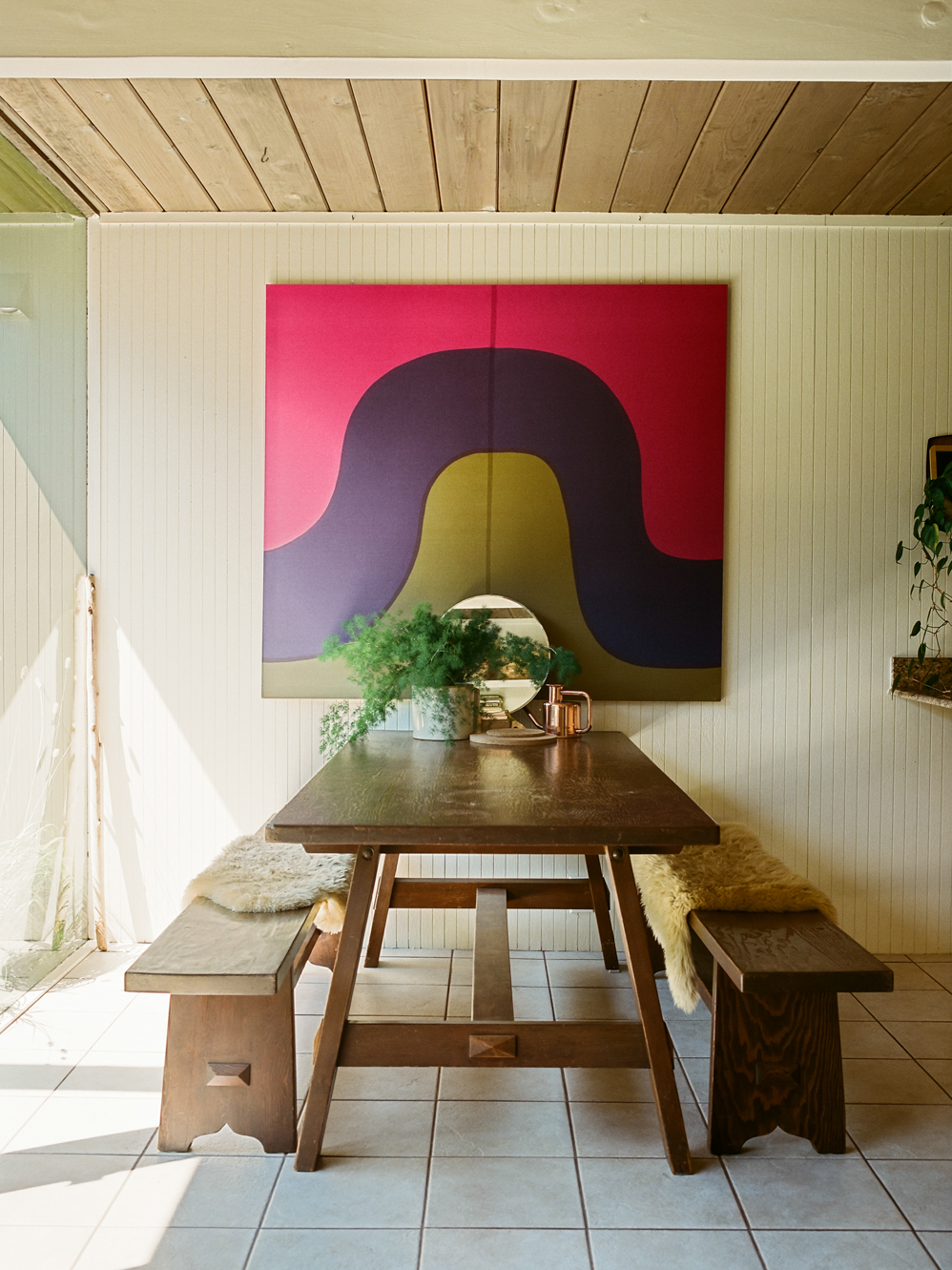
“I realized halfway into the first book that I was making a library of sorts — a visual library — of how creative people live in our times.”
-
How did you start working on your two books?
Photographing the homes of the architects and designers that became my first book, Handcrafted Modern, started out as a personal project. I was really just shooting it for myself because I was deeply interested in these designers and how they lived and I could not find a book on them that satisfied my curiosity. At the time, I was considering leaving the photography world behind. I was very burnt out and unhappy in my career. These homes were the only thing that I felt excited about photographing. So when I began, it was just for myself. But once I started, well, I hadn’t been that happy taking pictures in a really long time. After I shot Albert Frey’s home, I decided to try and see if I could get permission to shoot Walter Gropius’ home and it just continued on from there. I really couldn’t stop myself.
-
How did things evolve from there?
I was loosely acquainted with an editor at Rizzoli, so I talked to him about the project and he encouraged me to keep going. They signed on as my publisher fairly early in the process. My editor also encouraged me to write the text for the book, which was not my original plan. This whole project has been life changing for me, and I don’t say that lightly. My intention was driven by my curiosity at the beginning and it has evolved into my life’s work. I realized halfway into the first book that I was making a library of sorts — a visual library — of how creative people live in our times.
Leslie’s photography shows both people and spaces in their most intimate moments. Photos below by Leslie Williamson and used with kind permission.
-
You’ve also photographed homes that have been preserved, archived or reconstructed in a museum setting. How are those spaces different for you than the other homes you photograph?
I really like preserved spaces, I like house museums – but you have to find the good ones. Usually, the ones that are the richest are where the family has been involved and they have kept it meticulously as it originally was. There are some that have been stripped down or staged; I stay away from those.
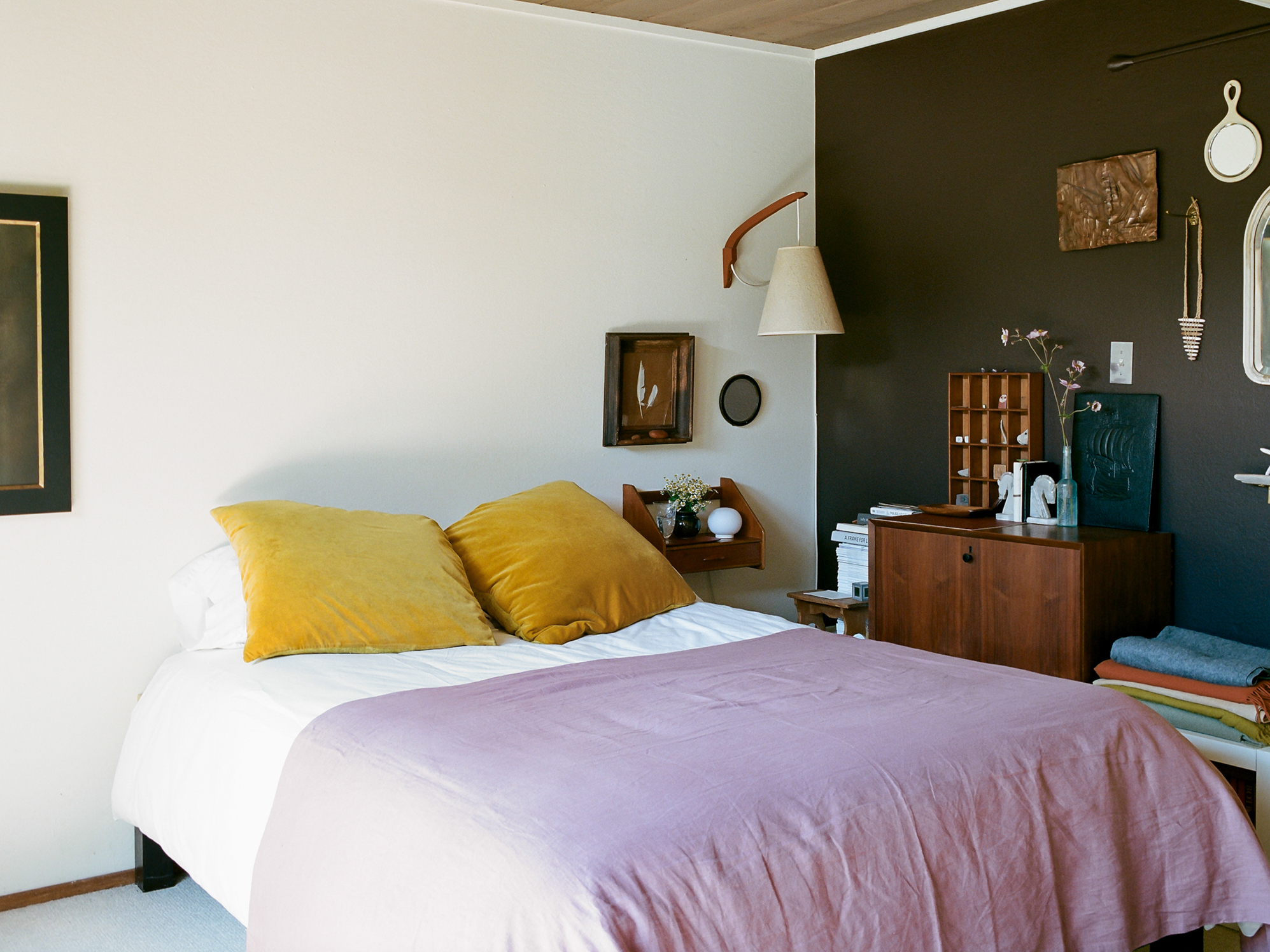
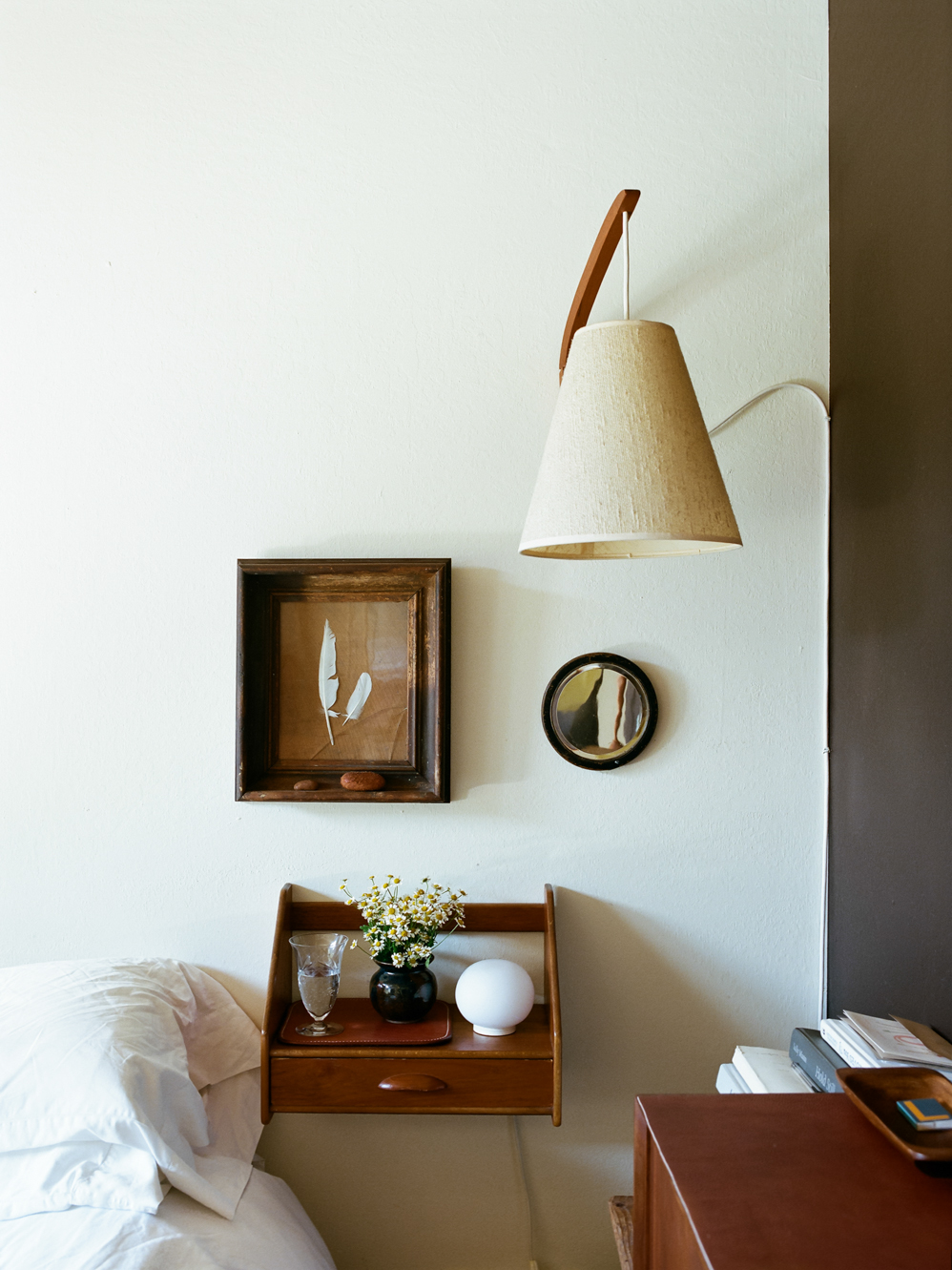
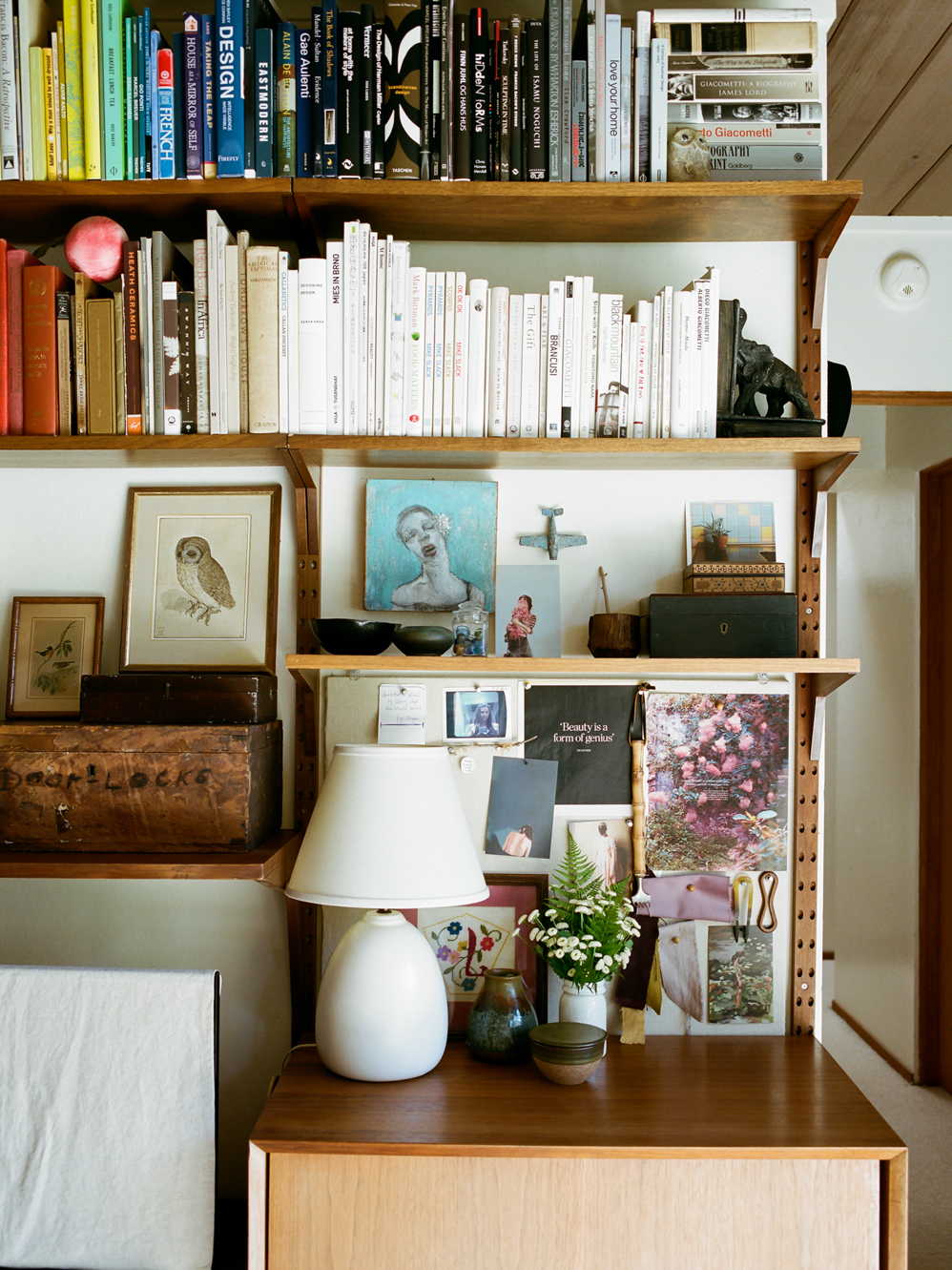
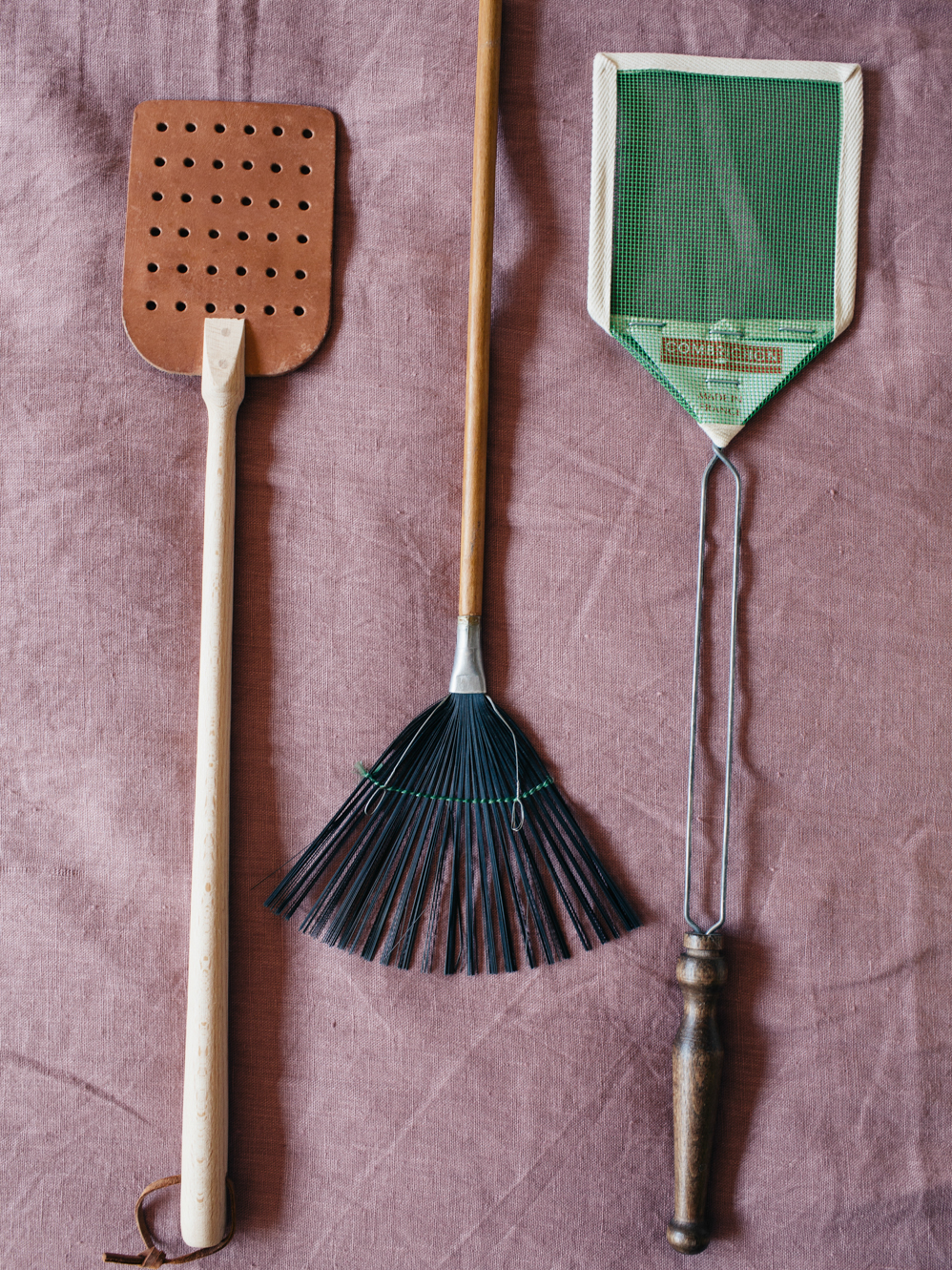
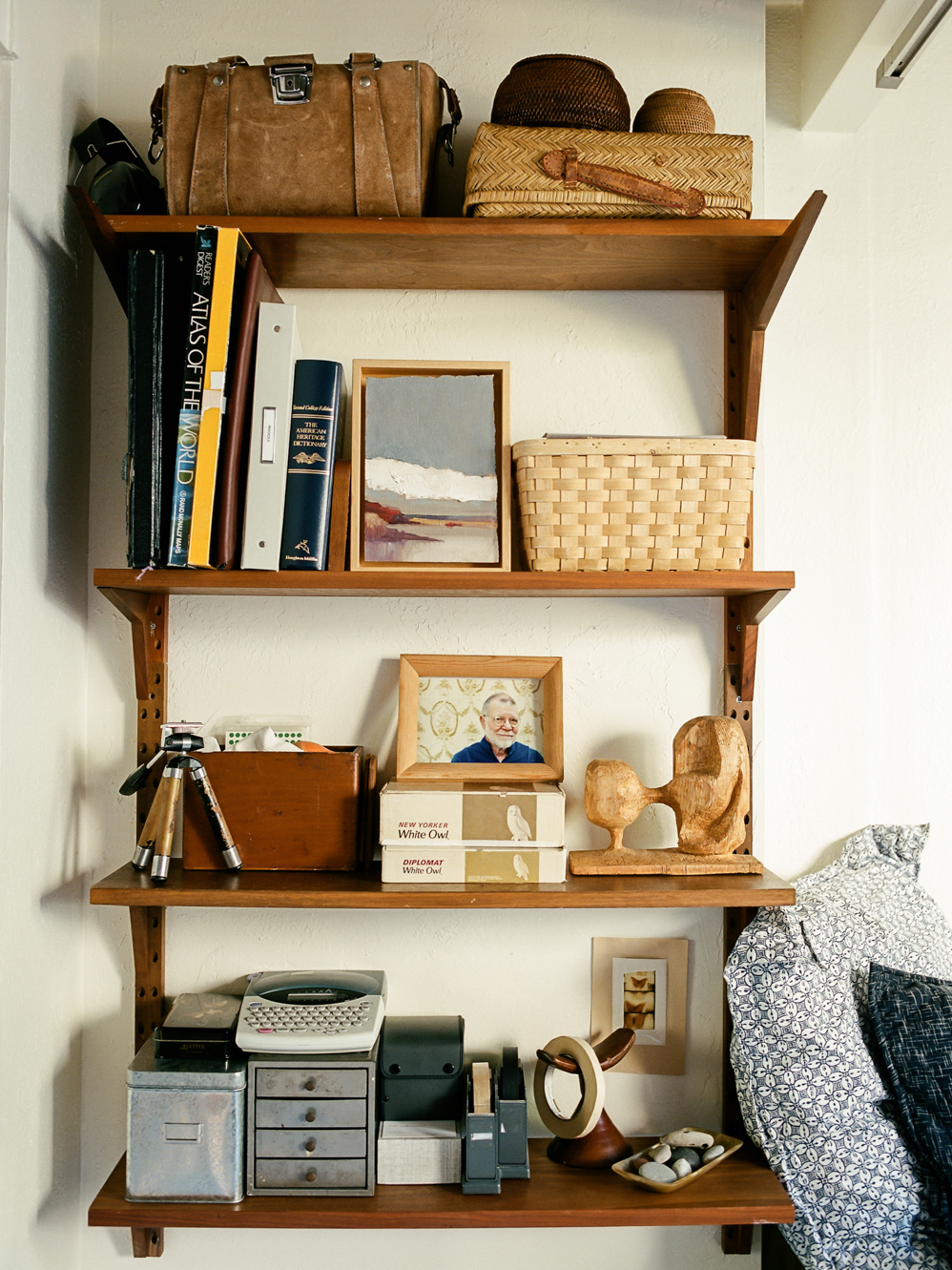
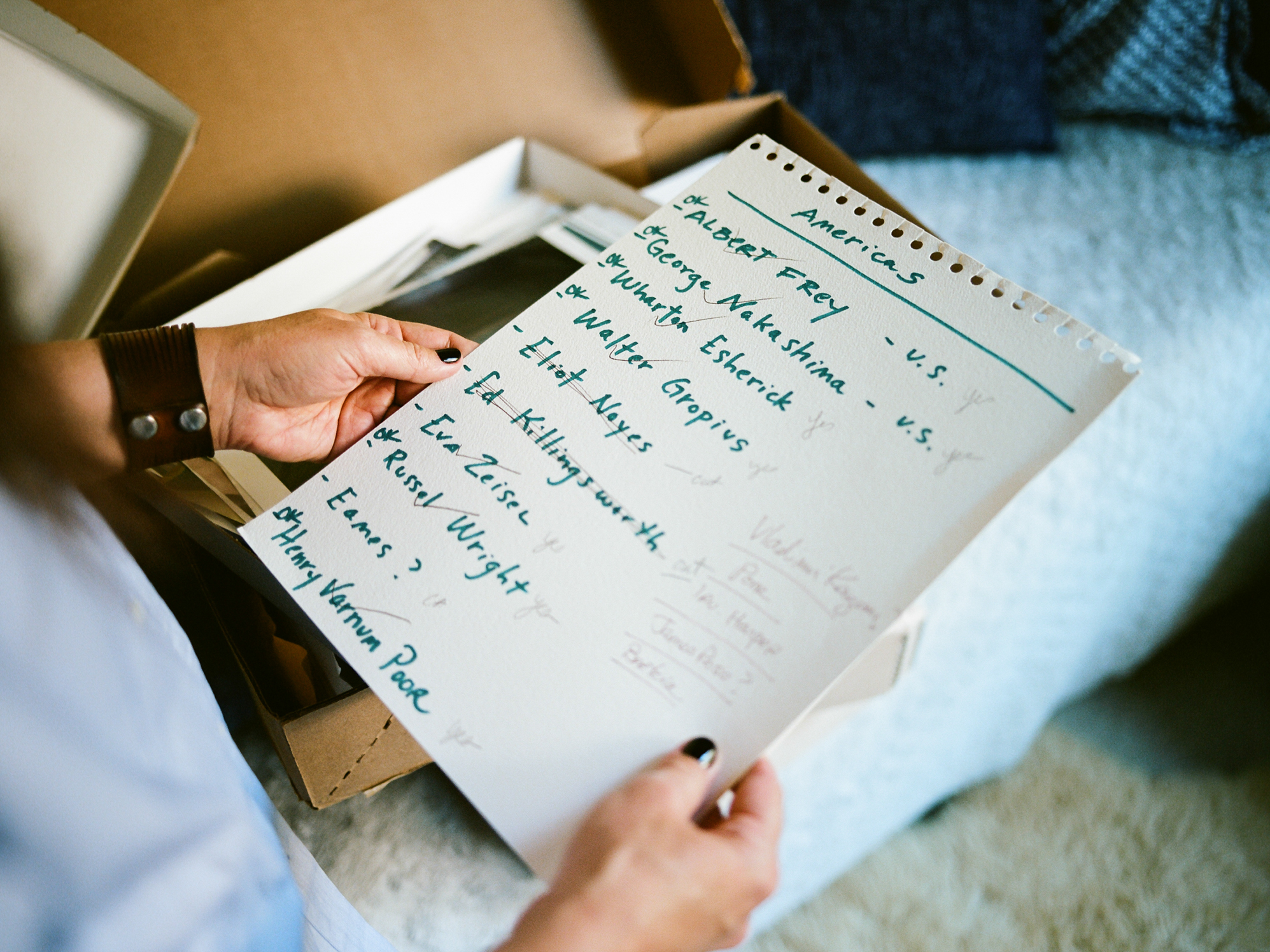
-
When people look at your work do you think they can feel the emotion of that space through the photo?
People definitely connect to my work. It’s such a weird thing to try to talk about. Throughout my entire photographic life, I’ve always had this underlying emotional current to everything I make. So, for me, even though I’m photographing people’s houses, this is my art. I approach every book like it’s a personal project. I’ve photographed some houses that have been photographed so many times. When I was working on Modern Originals, I was thinking, “What can I possibly add to this conversation?” Like Alvar Aalto’s house or Le Corbusier’s cabin. But, in both cases I just learned to stop asking that, because something always comes across. I’m super proud of those pictures of the cabin. I feel like there’s something in my images that I’ve never felt or seen before. And I can’t really explain what that is. I know that most people are like, “Your light is so beautiful.” And I just say, “Thank you.” But I think that they’re responding to that unspeakable notion, that presence of a soul in the photos of a space.
-
Are there other places in the world that you’ve been to that you have a personal and emotional connection to, but that you haven’t photographed yet?
Yes! Sigmund Freud’s house in London is super interesting, even though it’s just that one room that is still intact. For me, a lot of it is that you get caught up in what happened in that room, even though he was there just a very short period. They picked up his whole office, dismantled it in Vienna, and brought it to London, and then just reassembled it. Everyone thinks of me as midcentury but the amount of projects I want to work on is crazy. My list is long, and I’m completely obsessed: Sigmund Freud, Carl Jung, Albert Einstein and Winston Churchill. I’m not exactly sure what they have to do with each other, but for me they are a set.
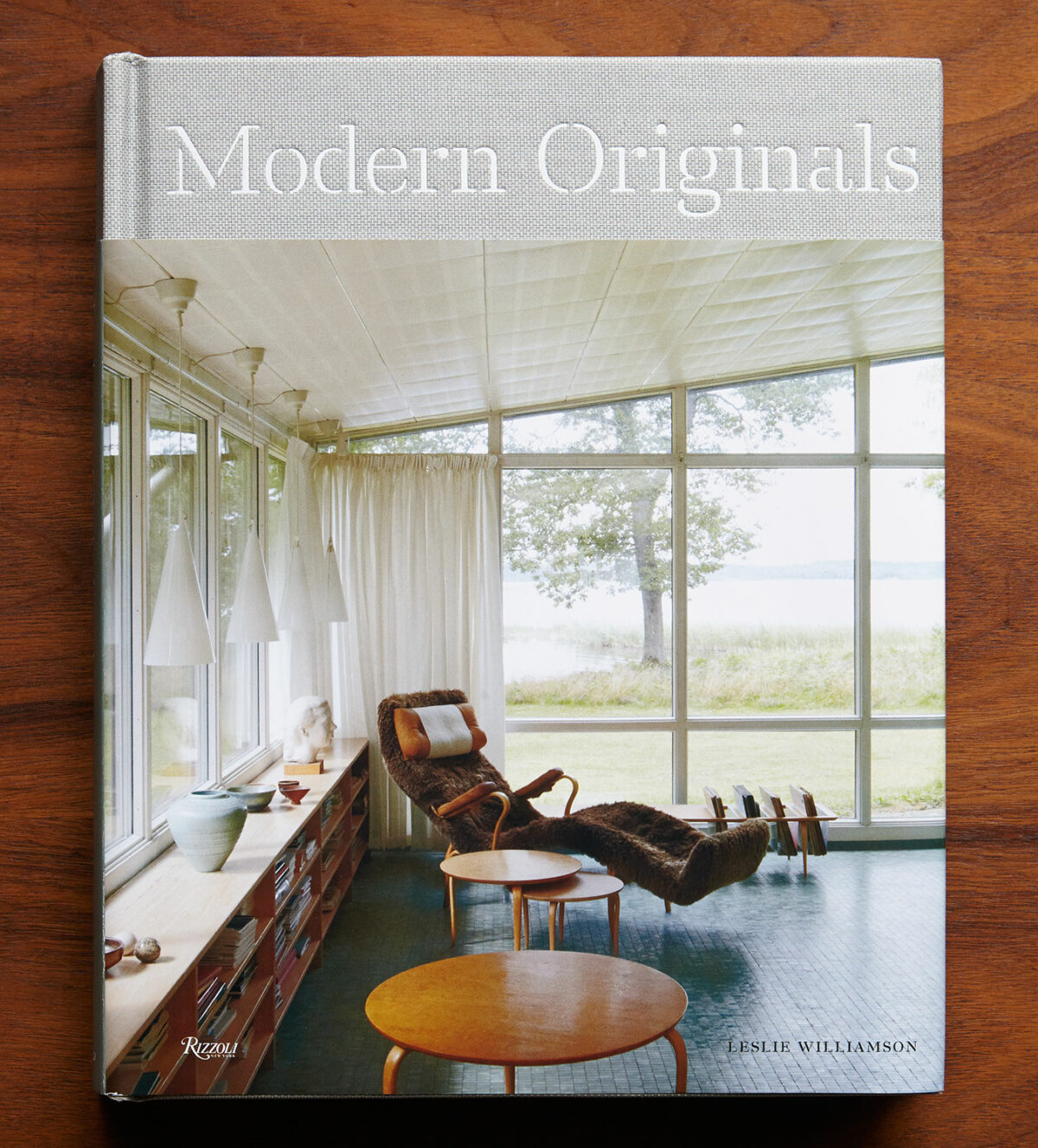
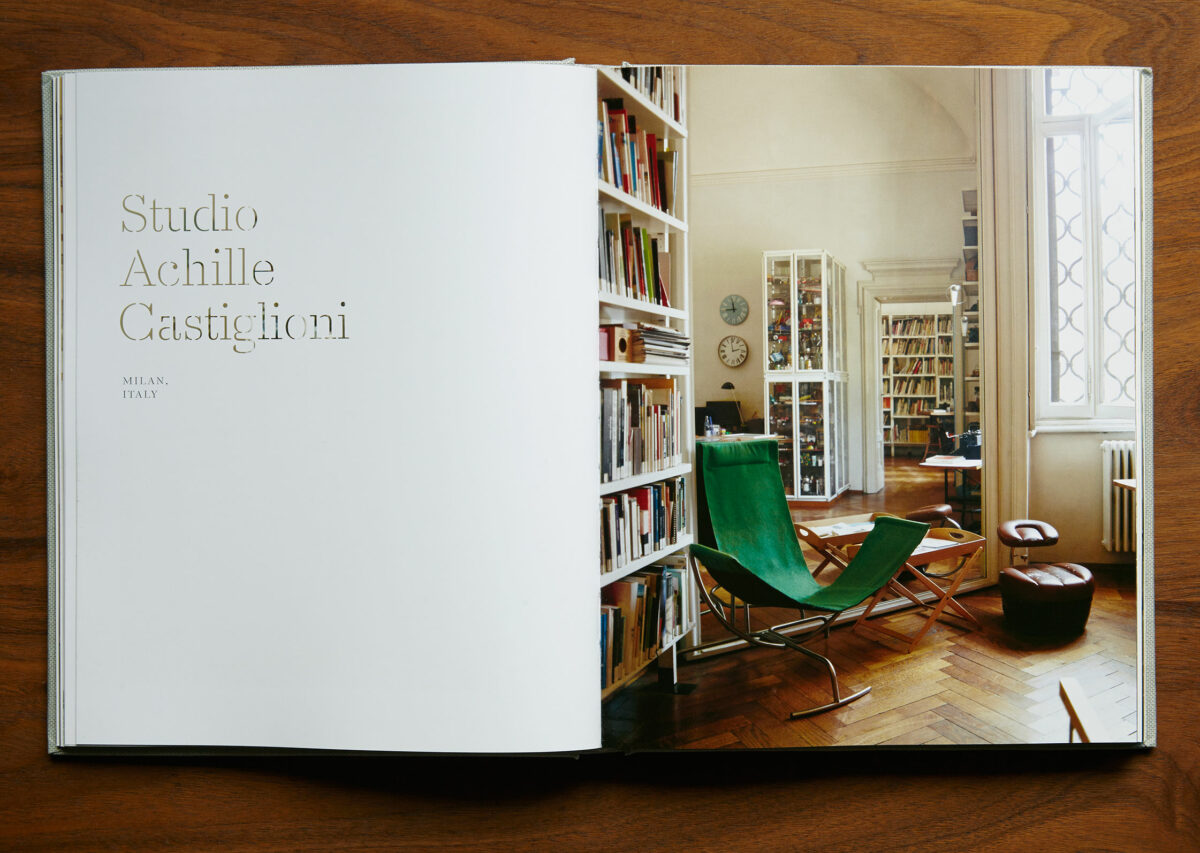
“Modern Originals: At Home with Midcentury European Designers,” Leslie’s second book, takes us into the spaces and studios of design luminaries and lesser-knowns.
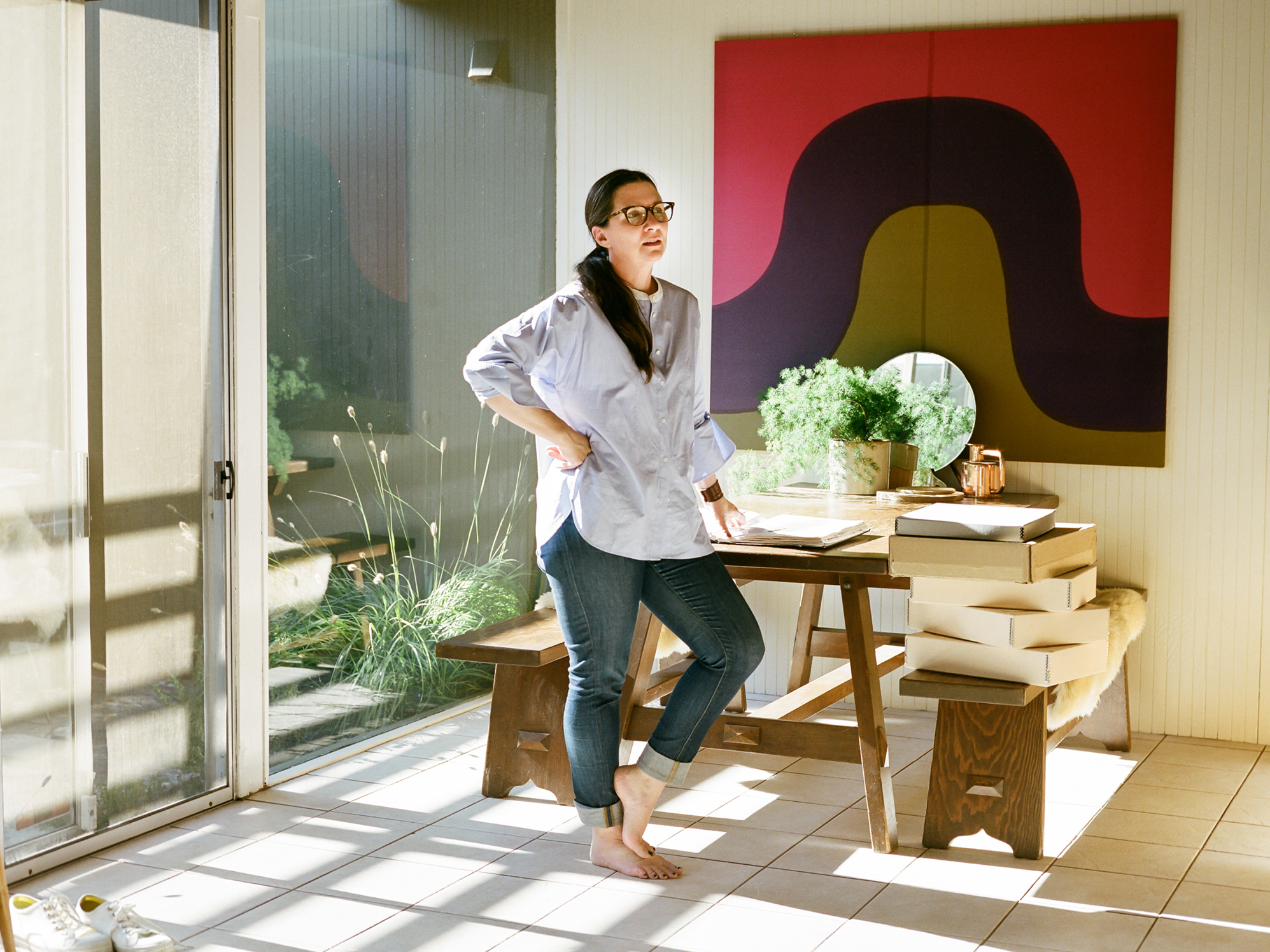
“As artists we wear our hearts on our sleeves…I like to think that there is a transparency between our homes and our work.”
-
What kinds of things outside of architecture and design are you inspired by?
I love Michael Borremans’ paintings. I love woodworking. There is something about wood that I’m always attracted to. I also like gardening, that’s my hobby. I’m very passionate about my work and I really feel like I’m pretty much working all the time, because somehow I’ve made my life’s work out of what I really love to do. The next book is about California, but the book after that is about artists’ homes.
-
What do you think it is about artists’ homes that is so fascinating?
Maybe it’s that as artists we wear our hearts on our sleeve. There’s a transparency. I wonder how it would be for an artist who has made tons of money and has a decorator. I just saw pictures of Cindy Sherman’s house and they’re great – I love it! And it was really unexpected. I was like, “Yeah, Cindy Sherman!” I like to think that there is a transparency between our homes and our work. People seem to think that my house makes so much sense, which makes me want to get a Victorian house. I hate making sense.
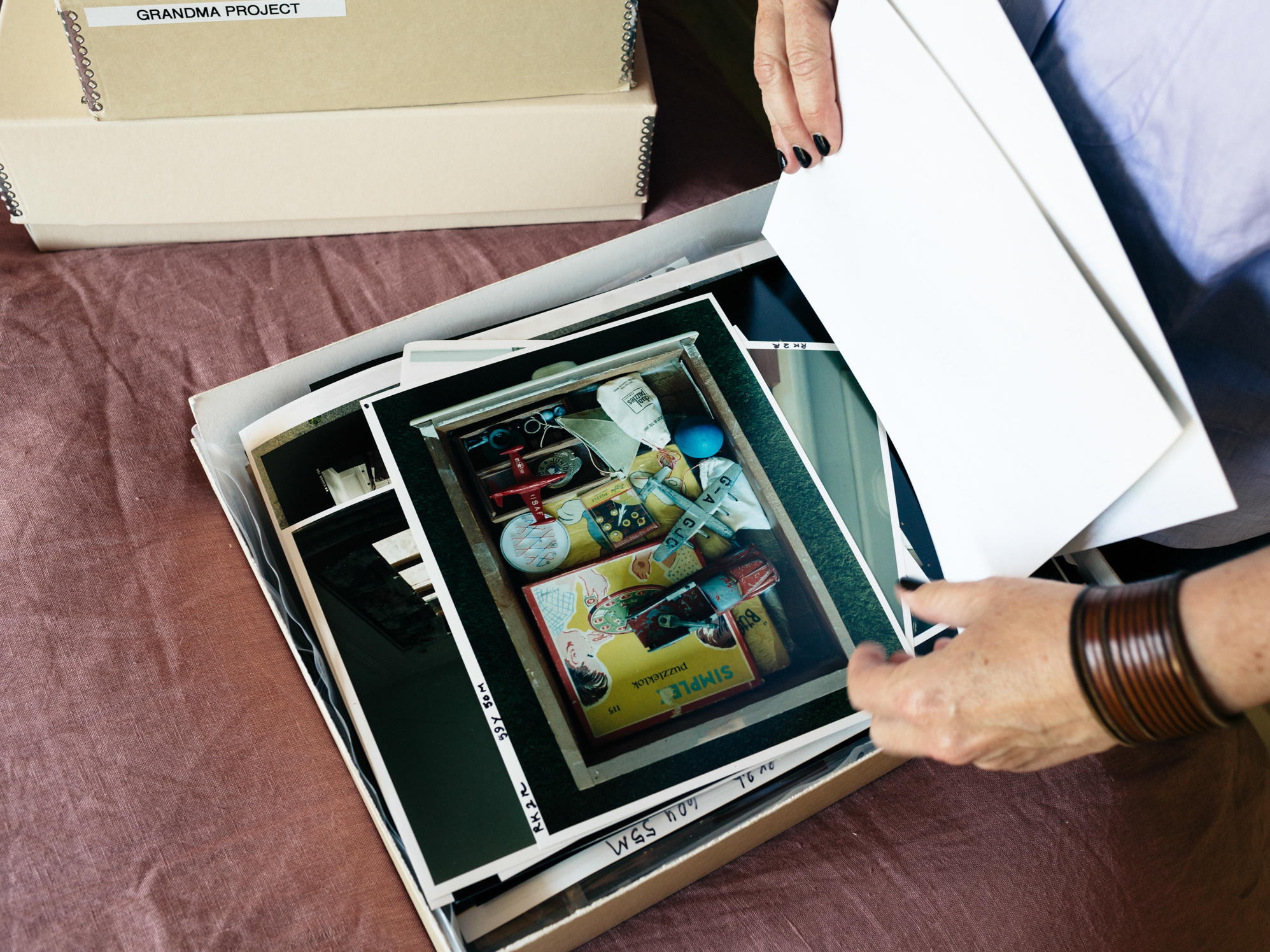
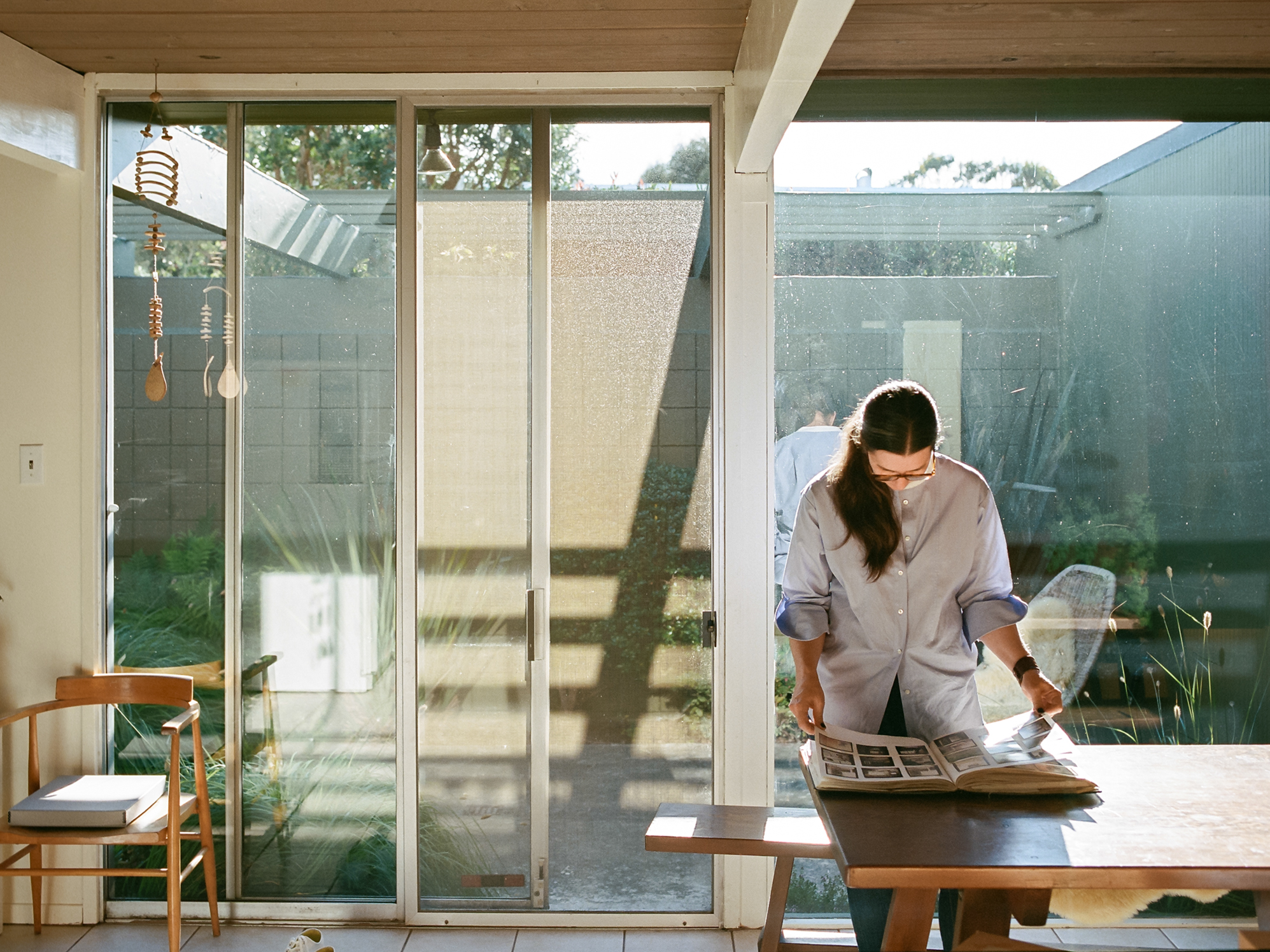
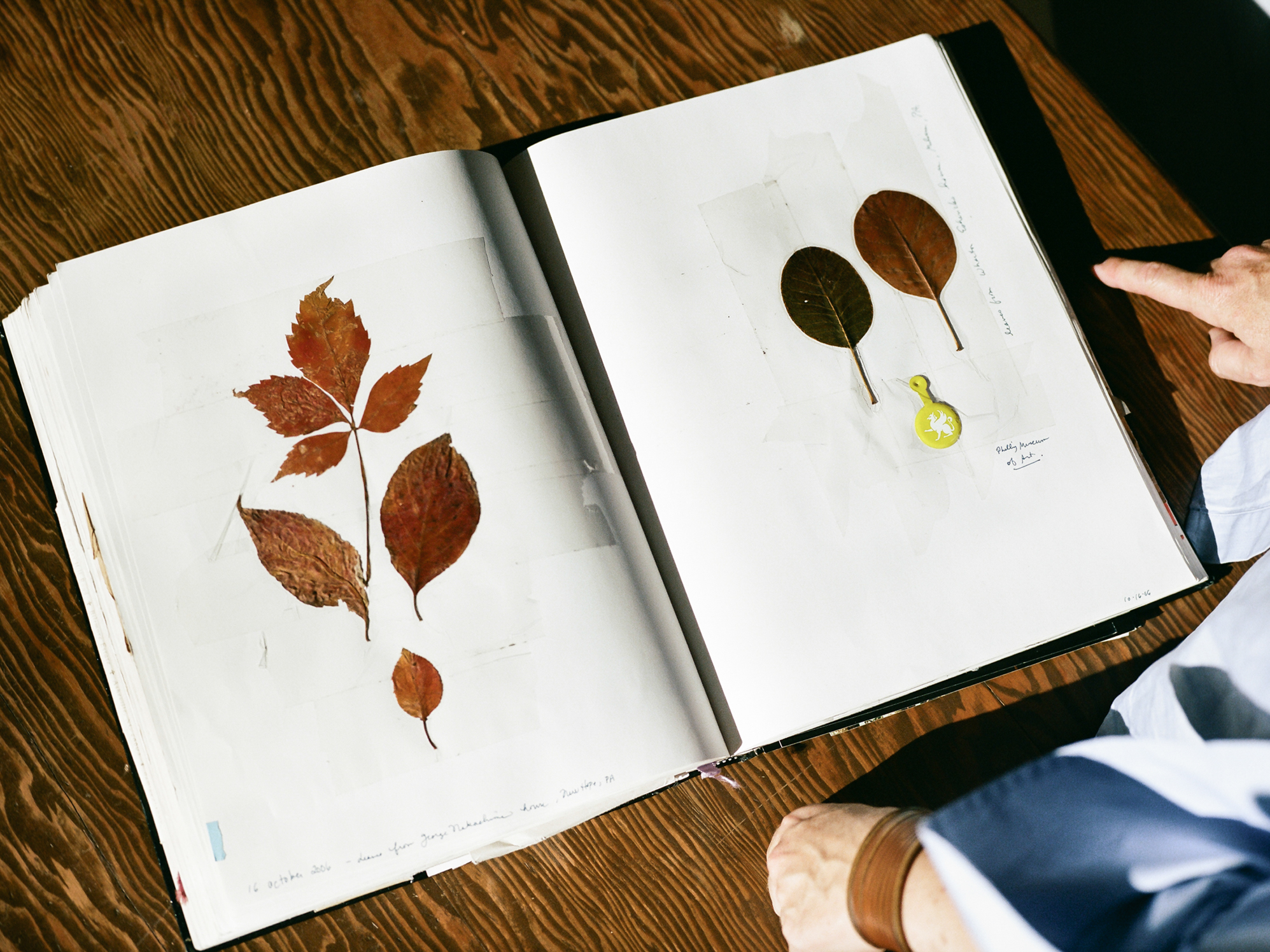
-
Tell us about the Grandma Project?
That is the first house that I photographed. My grandmother and I were super close. She was my favorite model. When she passed away, I couldn’t stop photographing her house. My sister lived there for a while, so the house was changing, things were disappearing. I just had a really obsessive need to document everything. I mean, I even photographed her body. She was really organized, like me – we were a lot alike – and I would open things up and there would be these notes explaining what things were. Like, “A headband I made for Brownies when I was six years old. My dad made a loom to do the beading out of a cigar box.” Now that the house has been torn down, there’s nothing left at all except for the images. It’s so emotionally charged. I shot the house as it slowly, slowly emptied, until all the rooms were empty and then it was demolished. I couldn’t shoot that part. I couldn’t bear it. I’ll finish the project, but I don’t know when.
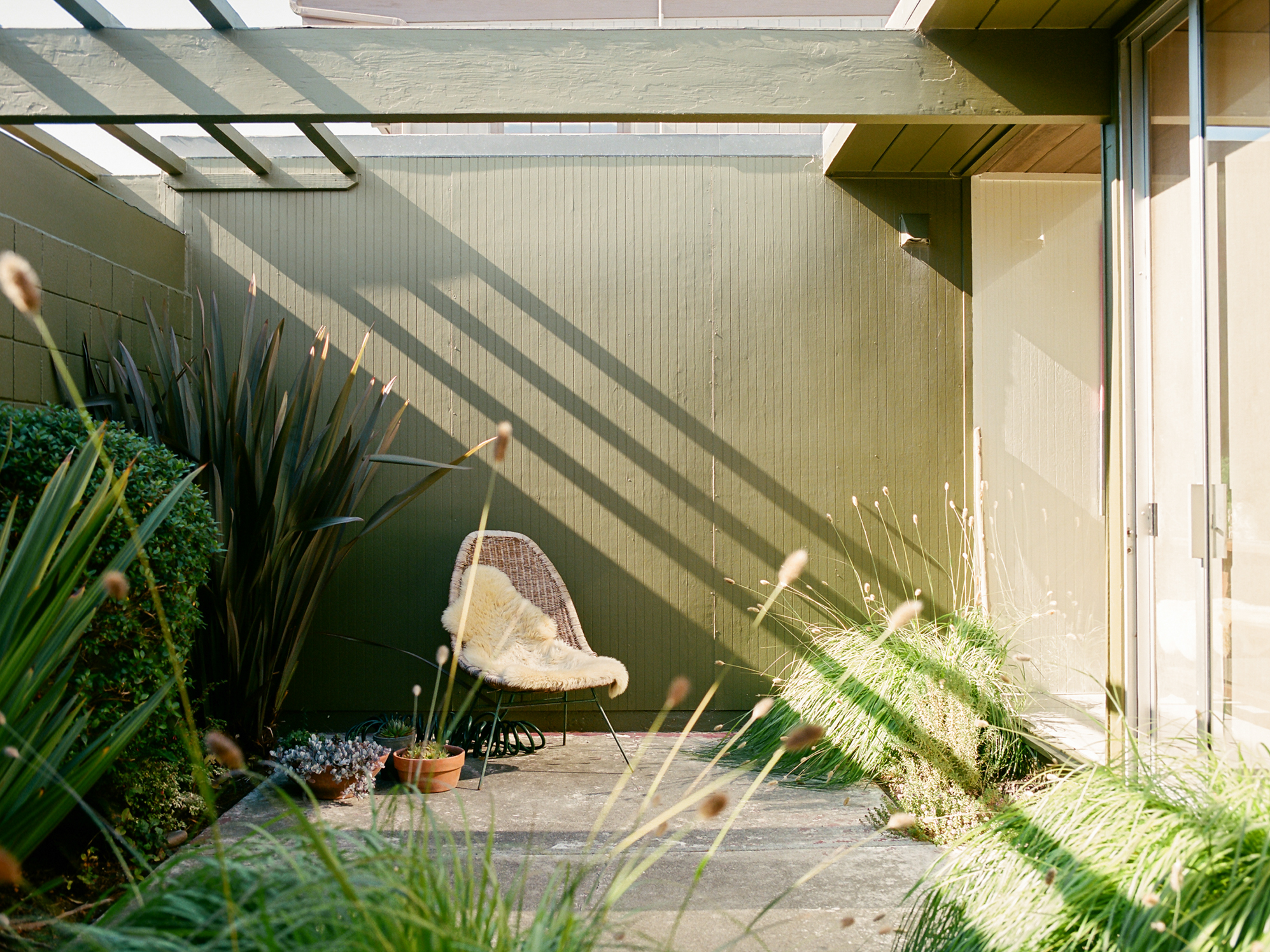
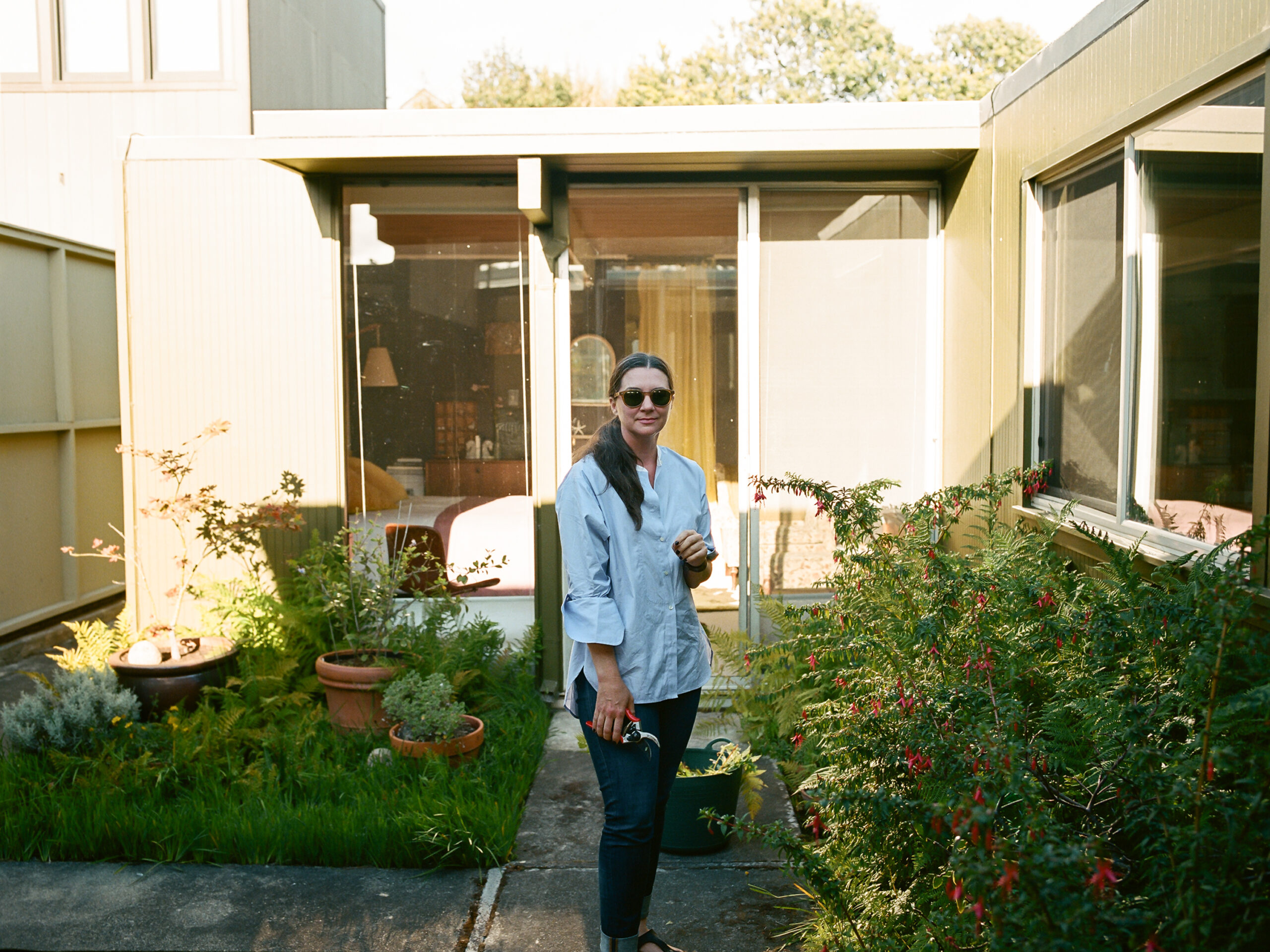
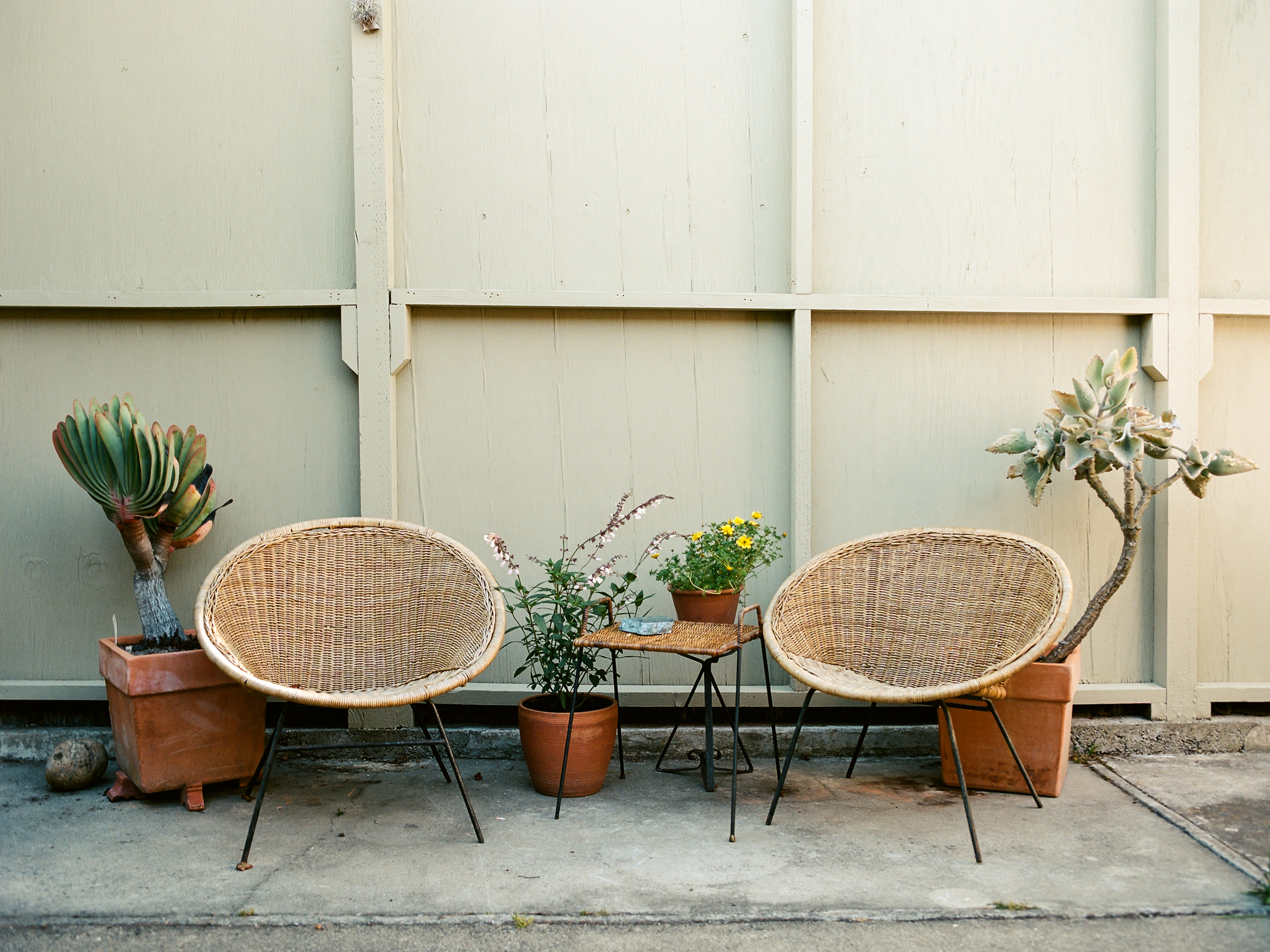
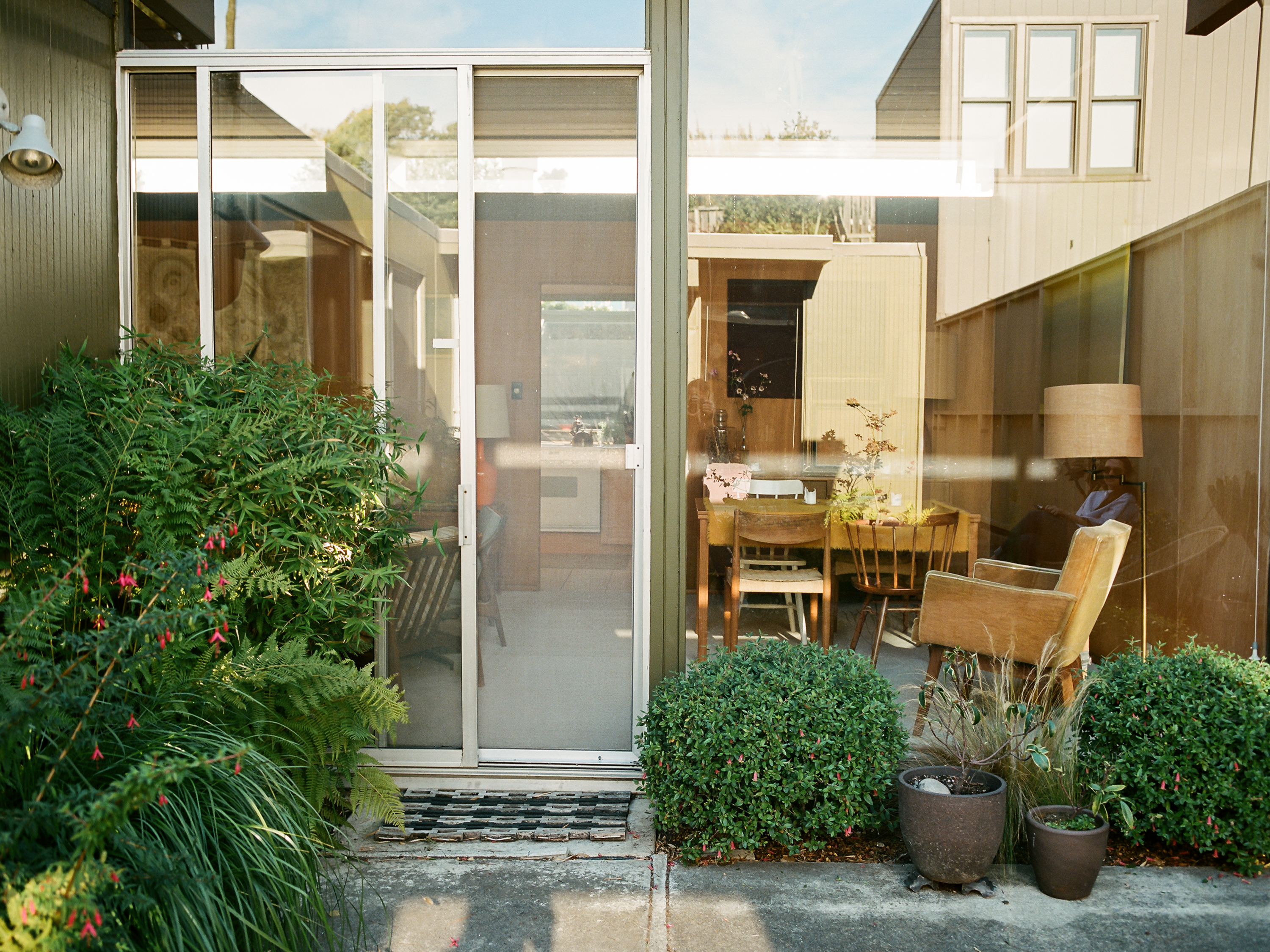
“The things I collect all have stories and are from my family — both my genetic and chosen families. These things are deeply rooted in telling the story of my life.”
-
Is there anything you collect?
Yes, I have a lot of wood boxes. I also have a fly swatter collection. There are only three of them: a traditional French one, this sexy one from Hay which is leather, and this Japanese-looking one which is my favorite. I have no idea where I got it, but it works like a charm. I have a thing for beautifully designed everyday things. The amount of scissors I have is embarrassing. I have this great stapler that I stole from my dad – I think it’s really a thing of beauty. I like things that are beautiful and useful.
Lately I’ve been collecting bookends, like these jade ones I found in my mom’s garage shoved in the corner. I’m very sentimental when someone is getting rid of something. I’m like, “No! You can’t get rid of that!” The things I collect all have stories and are from my family — both my genetic and chosen families. These things are deeply rooted in telling the story of my life. I really am an emotional collector.
-
Talk about a dream project.
I did a studio visit with the glass company Lobmeyr in Austria. I went there, and you can go into their archives. I would love to do a book on archives. Theirs was crazy, because you look up and there are all these lights and chandeliers from all these different eras hanging above you, which is so gorgeous. One of the things they have there are drawings from people like Adolf Loos and Joseph Hoffmann and all of these other incredible Viennese designers that have done glass patterns for them. So, going through the archive, we came upon some drawings and they told me, “Oh, we did these for the Vatican’s apothecary.” It turns out that long ago they made all of the bottles for everything in the Vatican’s apothecary. I really want to see if they are still there. The institution, longevity, ceremony, and secrecy of the Vatican – that interests me. Versailles is another place like that, it’s full of so many secrets. I’d love to get in there.
